| Though I have been clear that the purpose of my time in India is to be a volunteer teacher and that therefore the professional standards I would apply to such responsibilities in the UK are paramount, I did also feel it would be a shame to come all the way to India and have no other experiences. This trip to be involved in a Buddhist social project is also an important part of my spiritual development and so I was delighted when it was suggested for me to take a week of ‘semi solitary’ retreat. My first two months were entirely limited to the busy, noisy, polluted Nagpur city centre and the opportunity to get away for a few days and see some Indian countryside was a real attraction. I was also aware that despite living in a community that made Dharmic practice and study really very accessible to me, I had become somewhat mechanised in my spiritual and daily routine lately. A chance to have a rest, recharge my batteries and reengage with the Dharma was an important opportunity and could not have been timelier. The plan was for Mark and me to take a week off teaching while Shakyajata ‘held the fort’ on a week of reduced classroom contact. It would be a good chance for the students to demonstrate their learning so far with some independent assignments and assessment activities. Aryaketu would drive us to the retreat centre that had been booked for us and would join us there, taking some time for himself too, not often an easy thing for a busy order member and centre director to facilitate. We would not plan a set retreat schedule and would in fact take as much of it in silence as possible. We’d not be totally solitary as we’d all be in the same retreat centre but we wouldn’t practice together or communicate unless we really needed to for any reason. We’d take some fruit and oats and coffee for breakfasts but our lunch and supper would be delivered to our doors each day by the family who lived in the local village and ran the retreat centre. There would be no one else using the centre, set in a remote valley just outside a tiny village called Bihali, near the jungle hill station Chikhaldara. There would be lots of time for reflection, walking (maybe even running!), meditating, reading… and not much else. Time to explore the jungles of both the physical and mental landscapes. I was keen to avoid over-prescribing my time here. I have a tendency to be a real planner, I’ll schedule things down to the last five minutes if given half a chance (I guess that’s teaching for you!) but I find I frequently become resentful of this self-imposed structure, struggle with motivation to complete the tasks yet find it difficult if I am unable for any reason to complete the things I have planned, regardless of whether or not it would be more appropriate for the plan to change. This is a point of tension in me that I really want to work on and it seemed like a great opportunity to do just that. Plan nothing. Do as little as possible, nothing at all if I felt like it. Forget trying to feel productive. A chance to really still my mind and listen to what was needed. No more, no less. Of course, I knew this would be a valuable experience to record, for my own benefit as well as to share more widely and so I began to keep a daily diary, which I found formed an important part of my practice as I used it as a tool to focus my reflections. I have decided, that rather than try to summarise, or ‘write up’ this diary, the most simple thing to do, which would happily also involve the least amount of additional (unnecessary!) work, is to simply publish it as it is. An honest and open record of my experiences and reflections, as it felt right to record at the time. This can then be accessed in a similarly fluid way, as and when anyone may wish to explore it. I’ve scanned the pages (it seemed less tiresome than typing it all out!) so I hope my writing is legible enough to be accessible! The retreat was, in the most part, a rich and rewarding experience. I benefitted from it greatly and achieved some genuine insights in to myself and my spiritual practice as a Buddhist. I am returning from it with some valuable discoveries and glittering mental treasures. I feel obliged to warn anyone who may be interested in perusing it further; however, that there was one day when I encountered an unpleasant experience during a possibly ill-advised walk away from the retreat centre. |
It’s easy in hindsight to say I should not have walked so far alone but my friends will know I may well have gone anyway, even if I had been aware of a risk. I have recorded quite graphic details of a sexual assault that occurred on day 4, December 7th (Though I actually wrote about it on day 5, December 8th, from half way down page 27). If you think it may upset you to read it, please don’t. I’ve made it clear in the text which bit to skip. I’ve included it in the interests of maintaining the integrity of my intentions with regards to the entire Maggamouse blogging project, I’ve included it because I want to share the rest of the diary, which at the time, it helped me to write in it about, and I’ve included it because, like many other difficult personal things I have been historically open about, I think the more we talk publically about such things, the better. But there we are. You have been warned. All you really need to know is I am well. I am happy. I am growing and developing. I continued with the retreat and derived further benefit from it so there is more to read beyond that incident. I’d like to thank my friends and fellow retreatants, Mark and Aryaketu for supporting me through the days that followed and with metta, I’d like to thank you for reading.
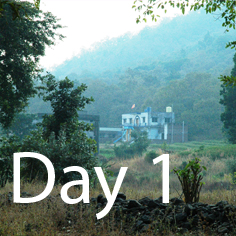
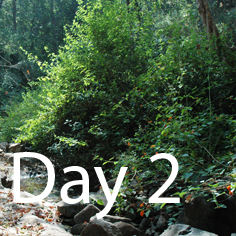
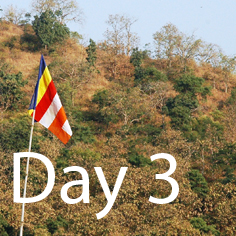
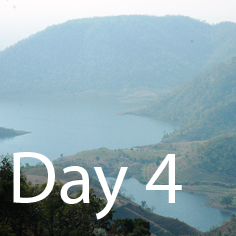
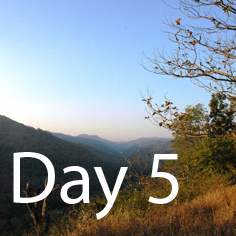

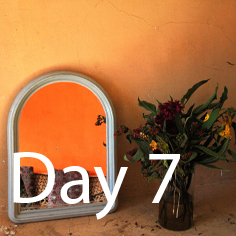
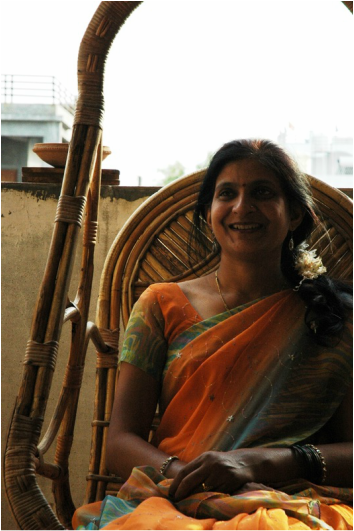
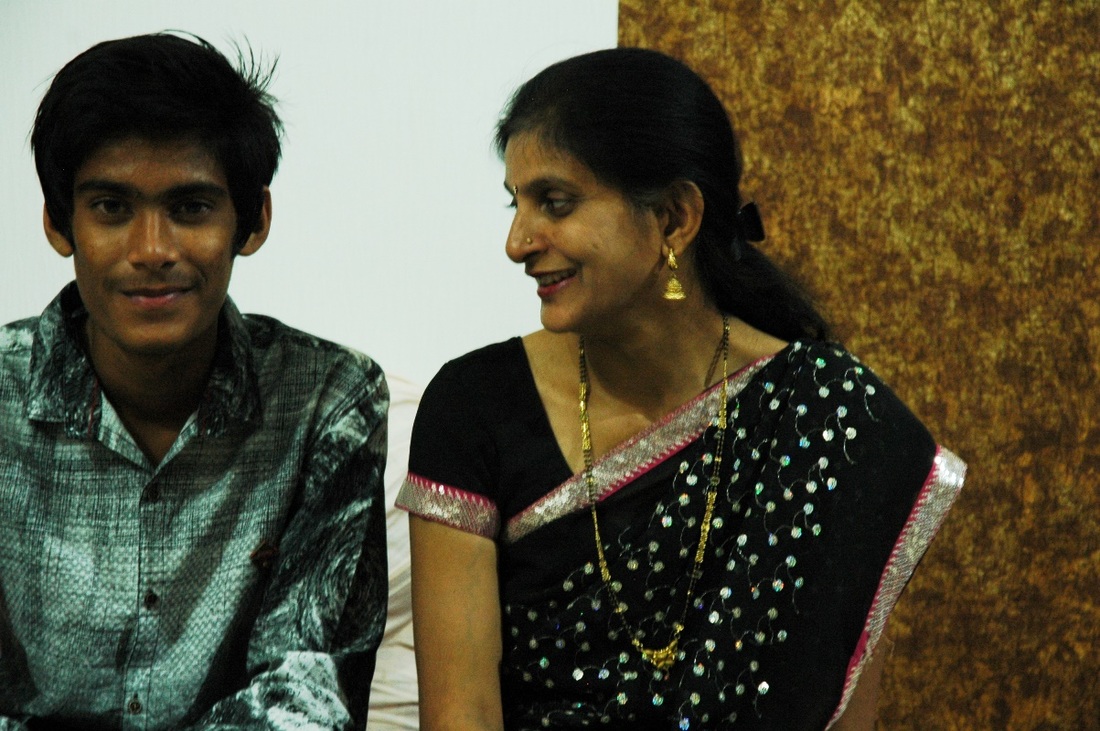
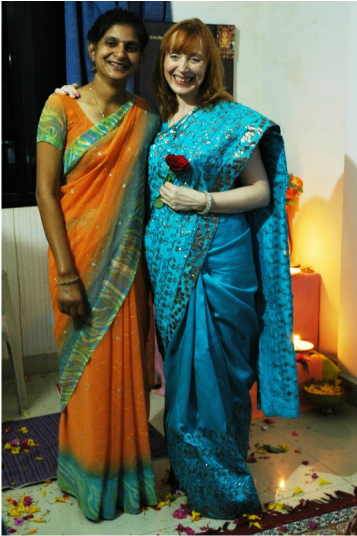
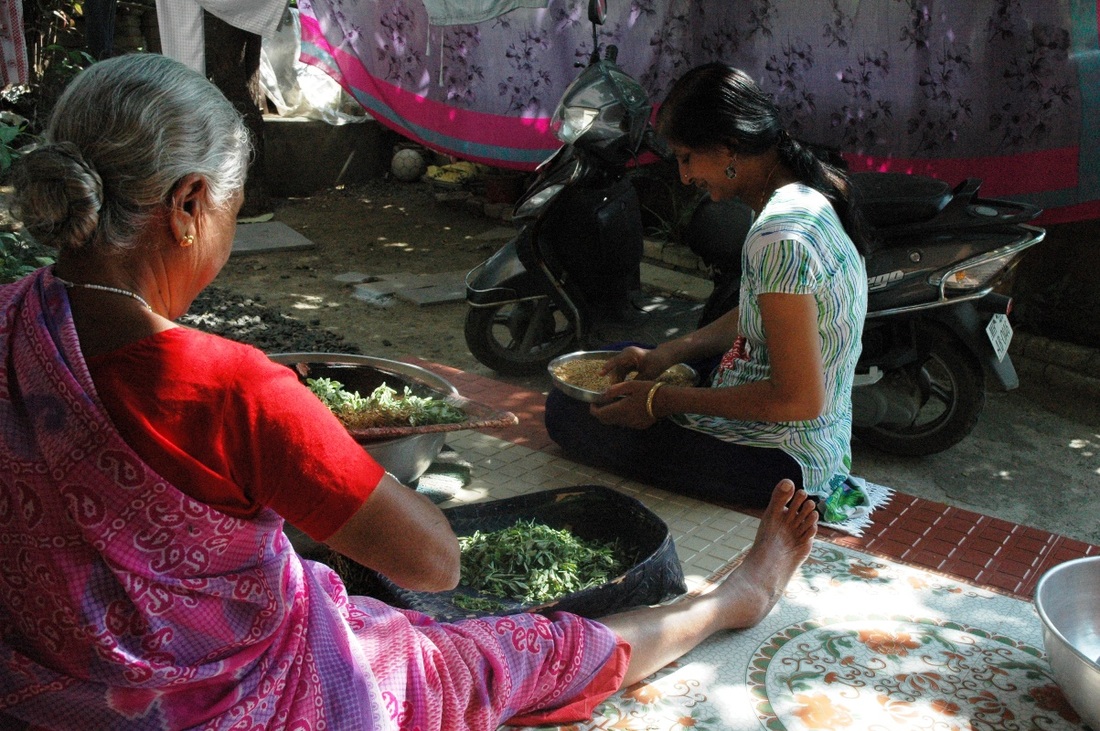
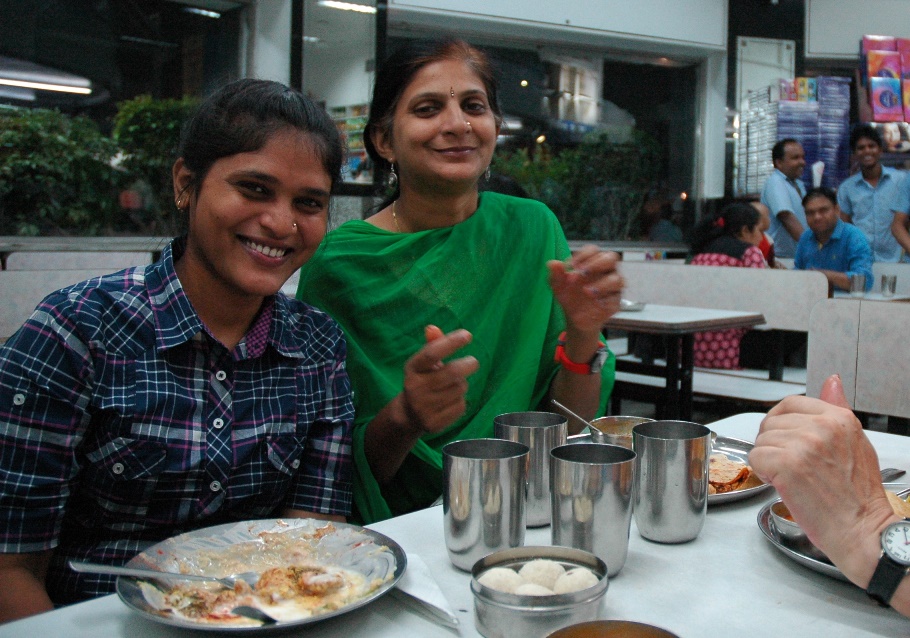
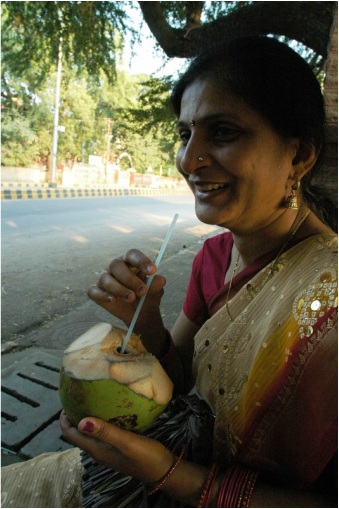
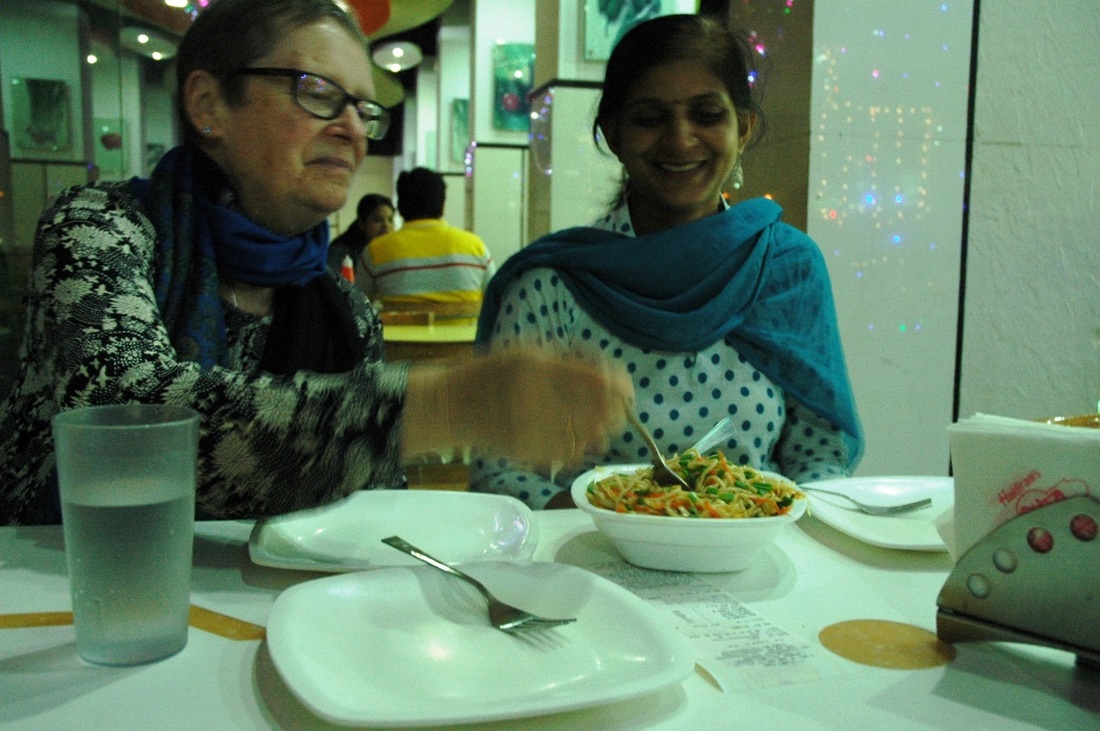
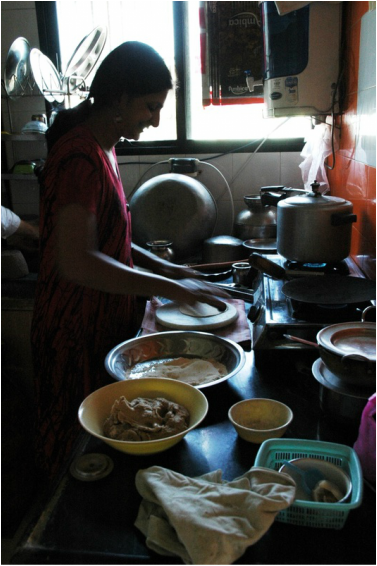
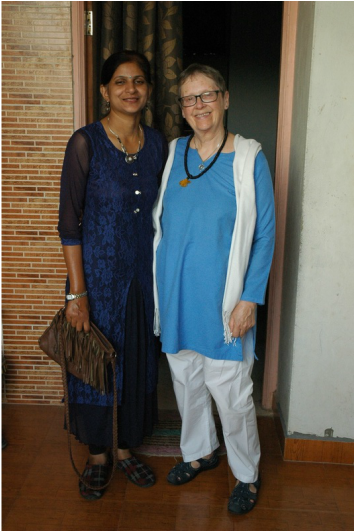
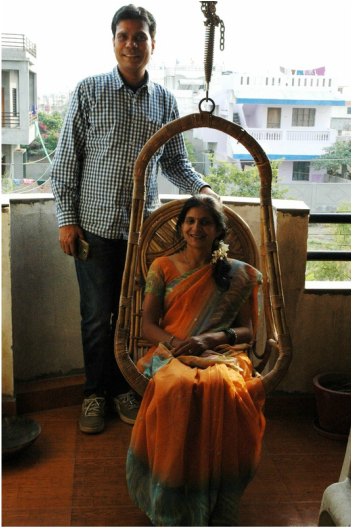
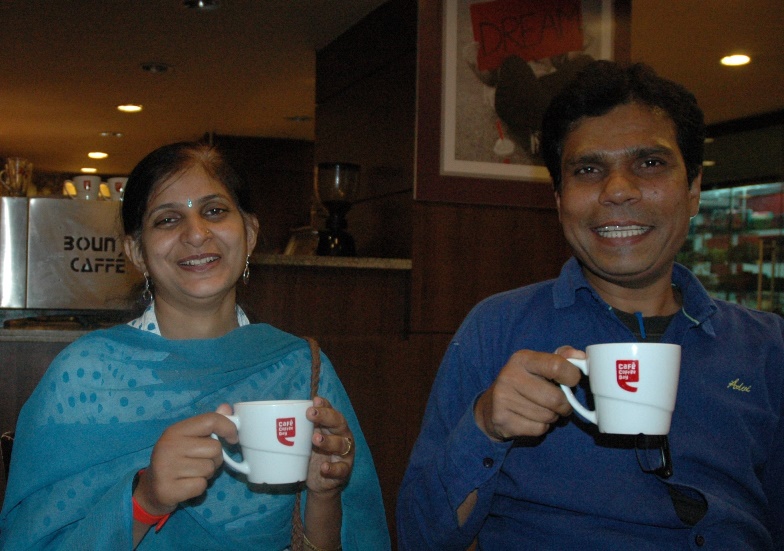
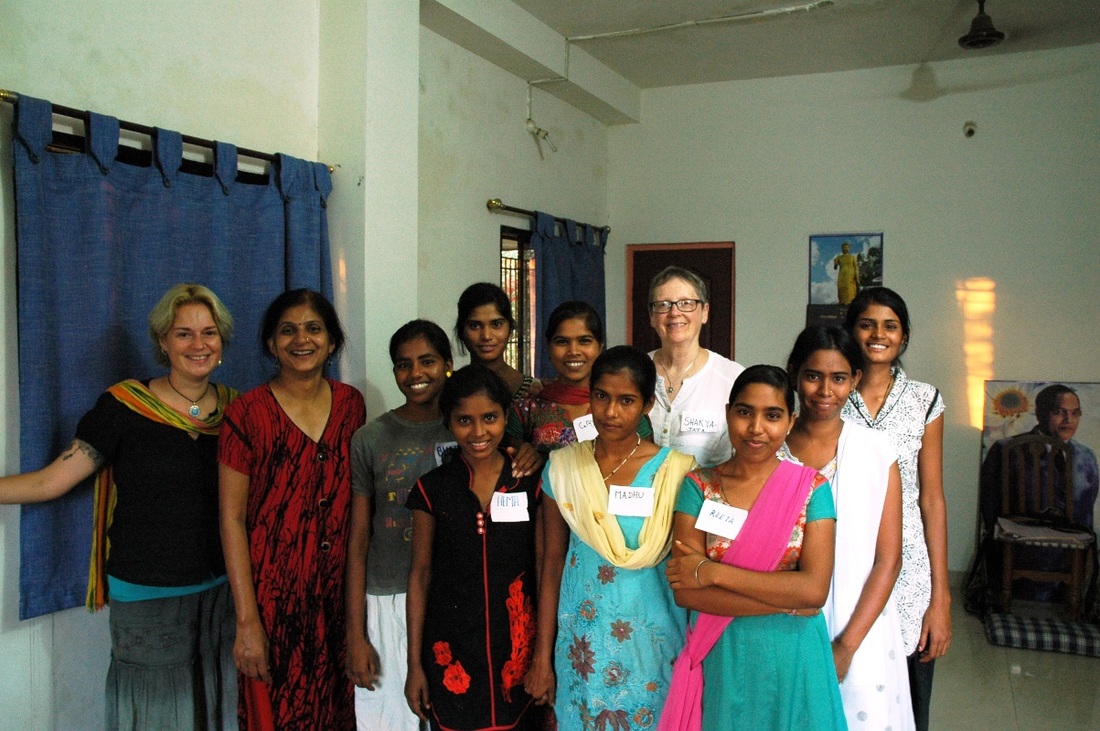
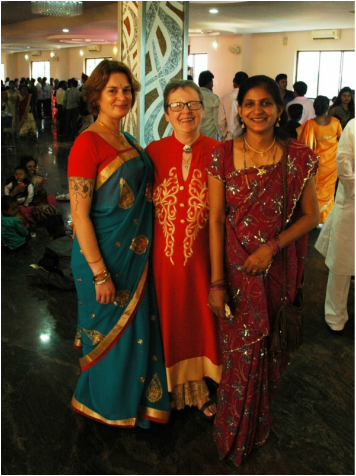

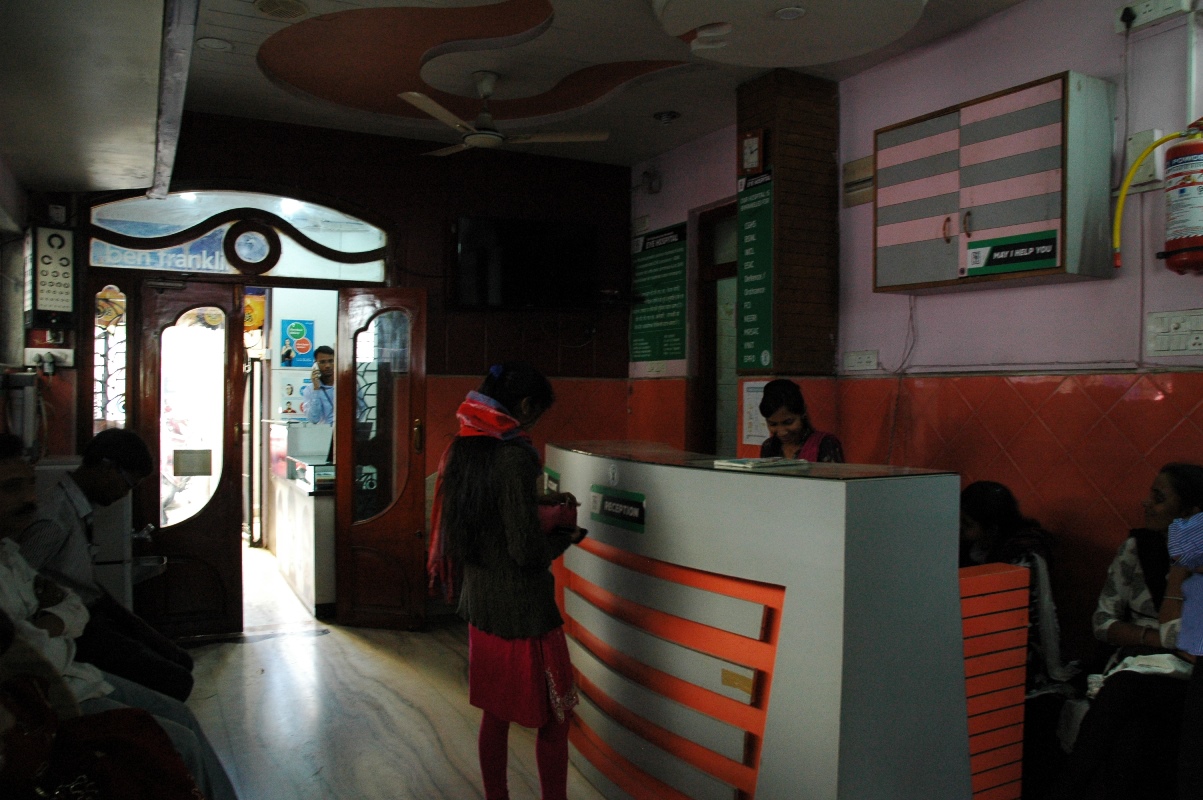

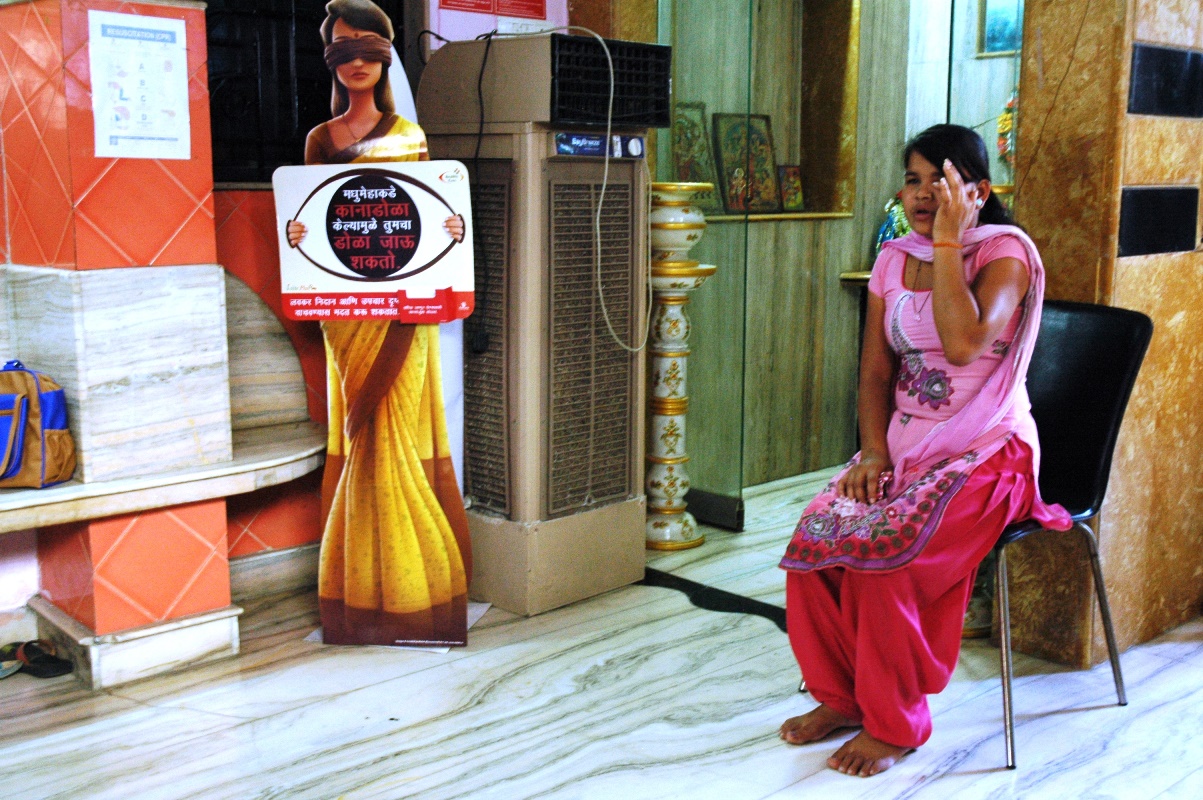

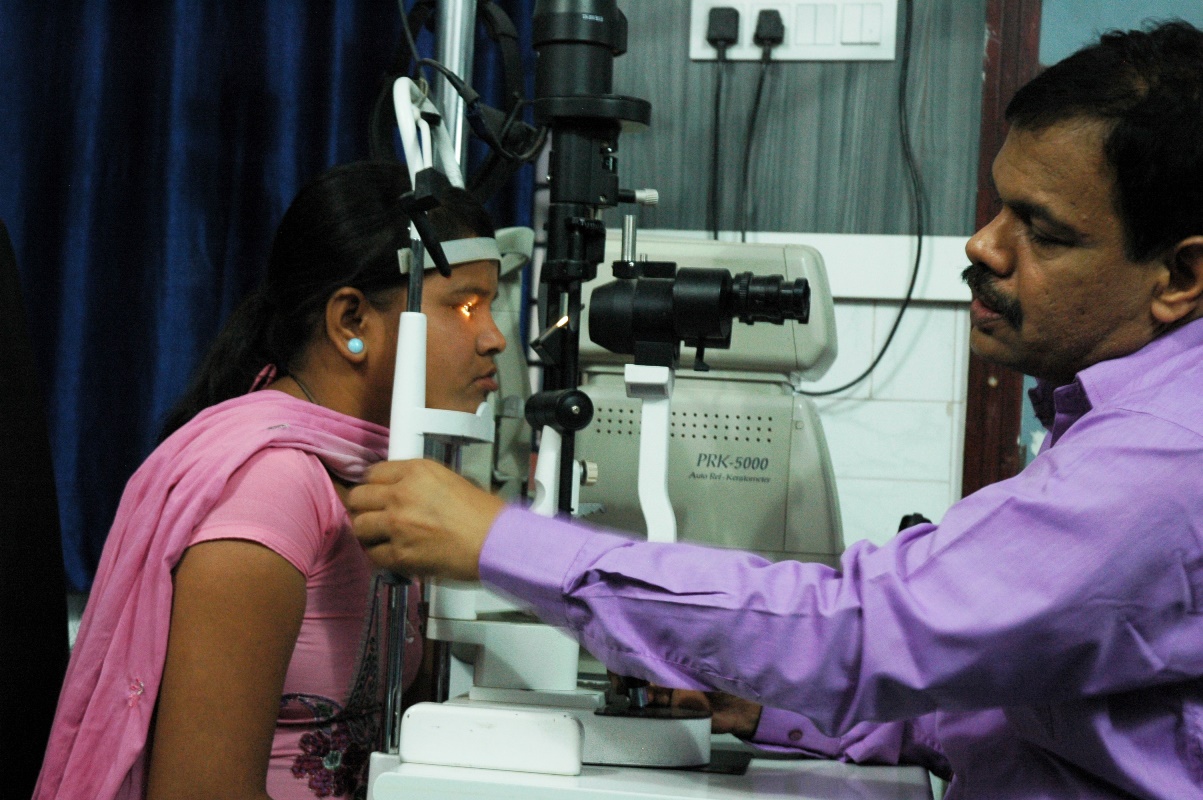
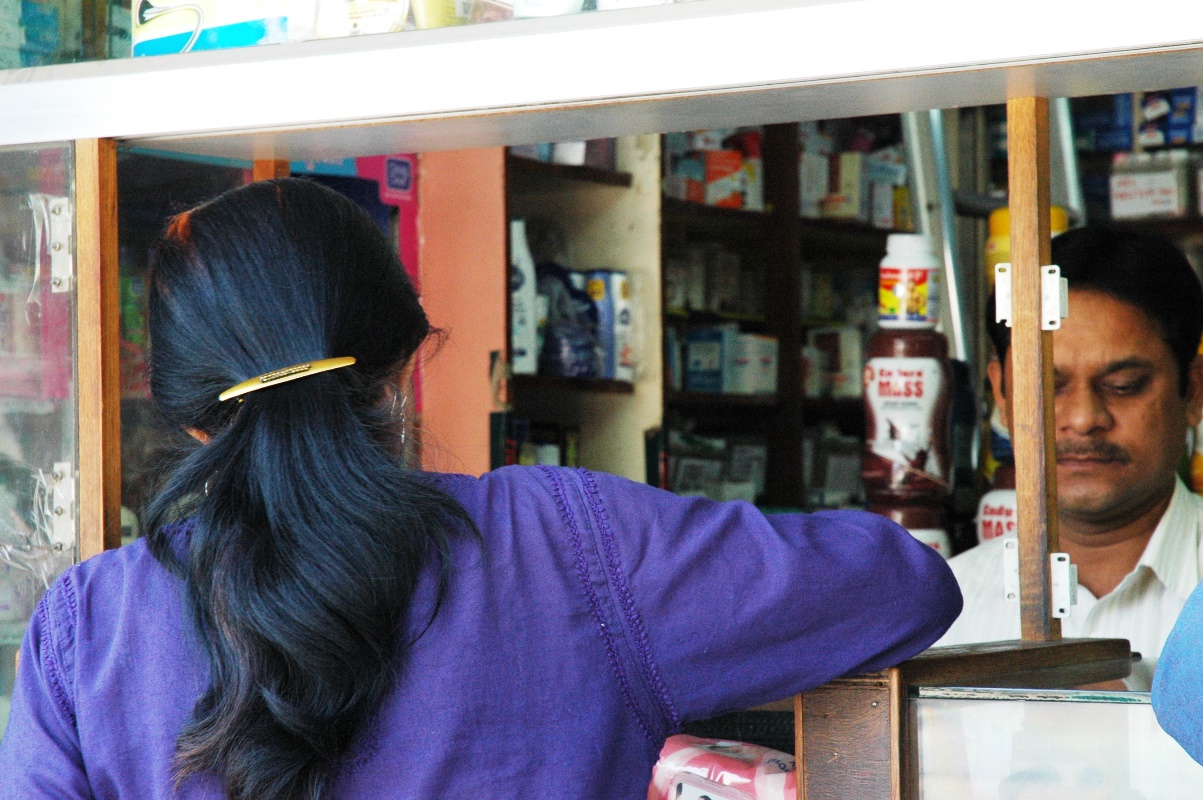
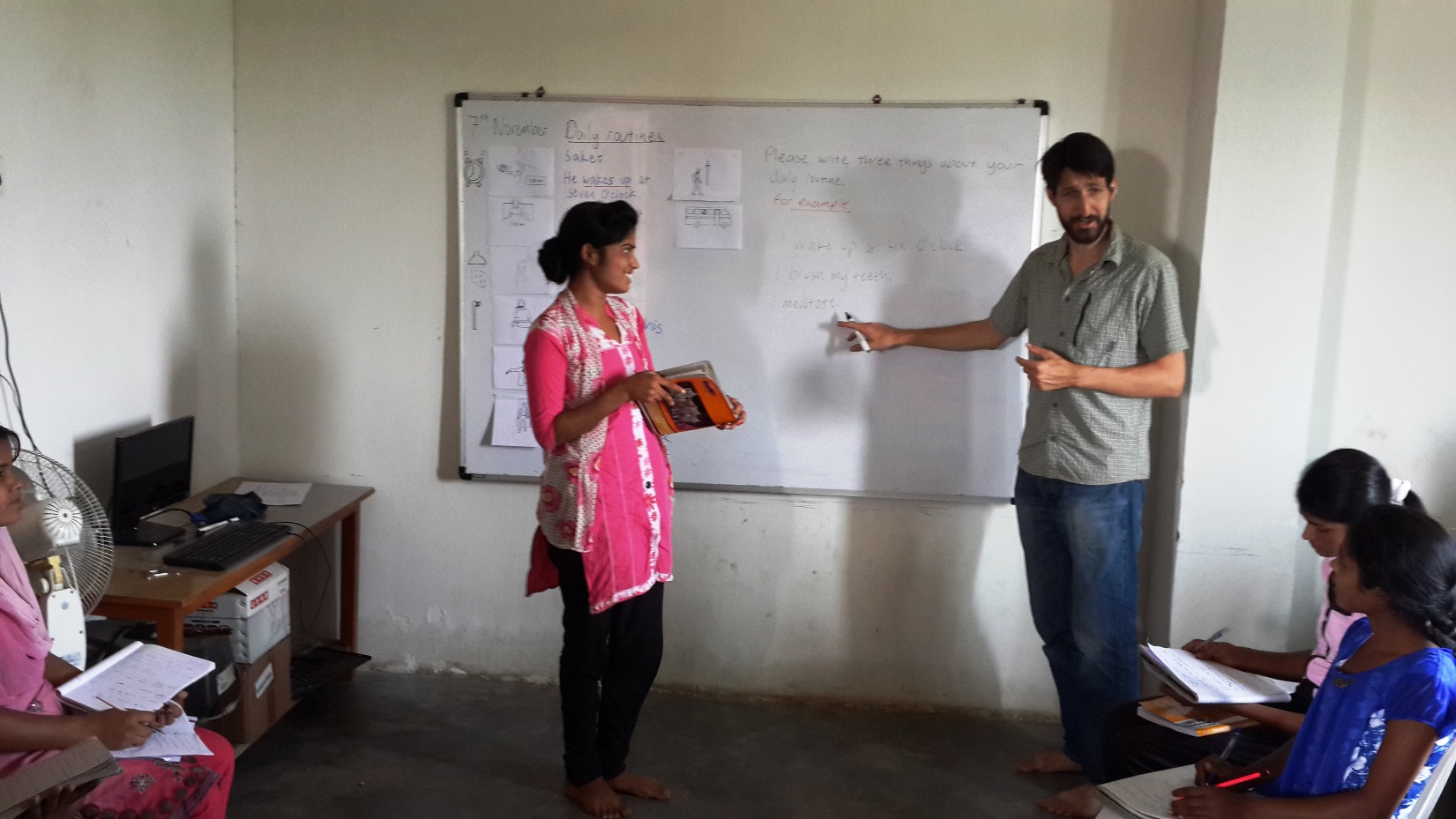
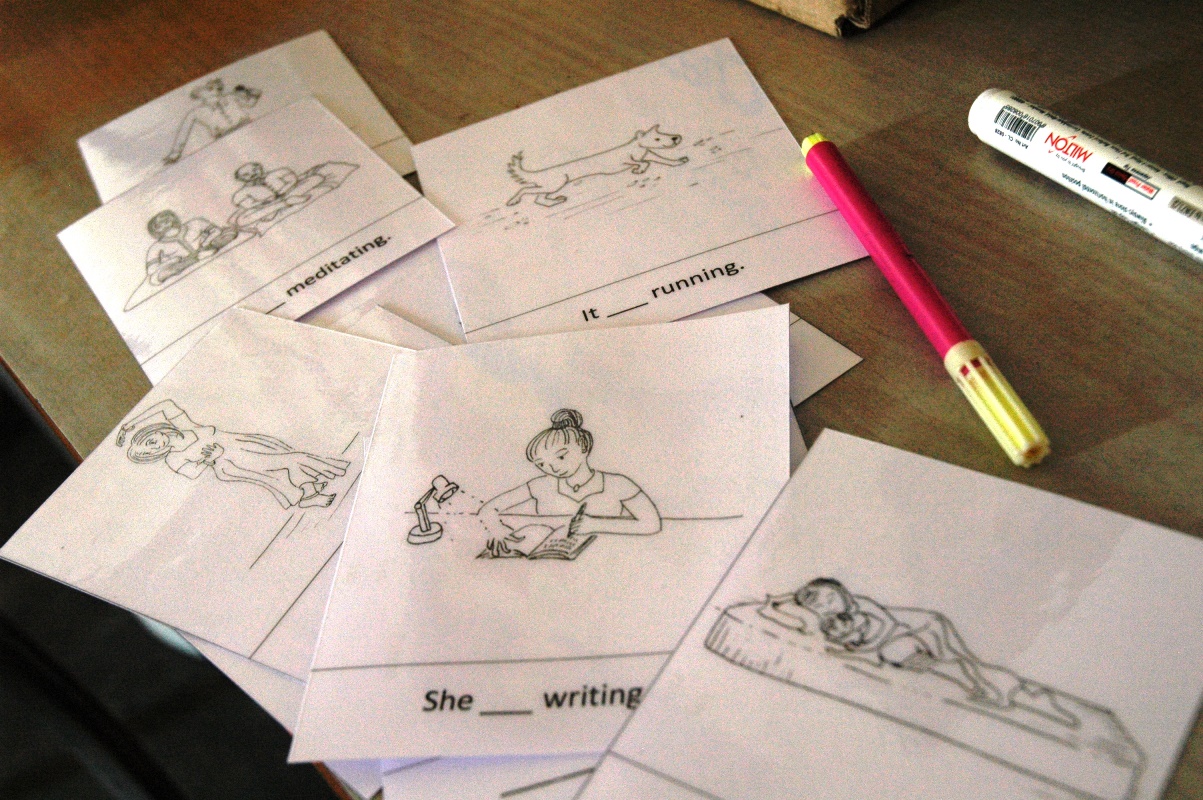
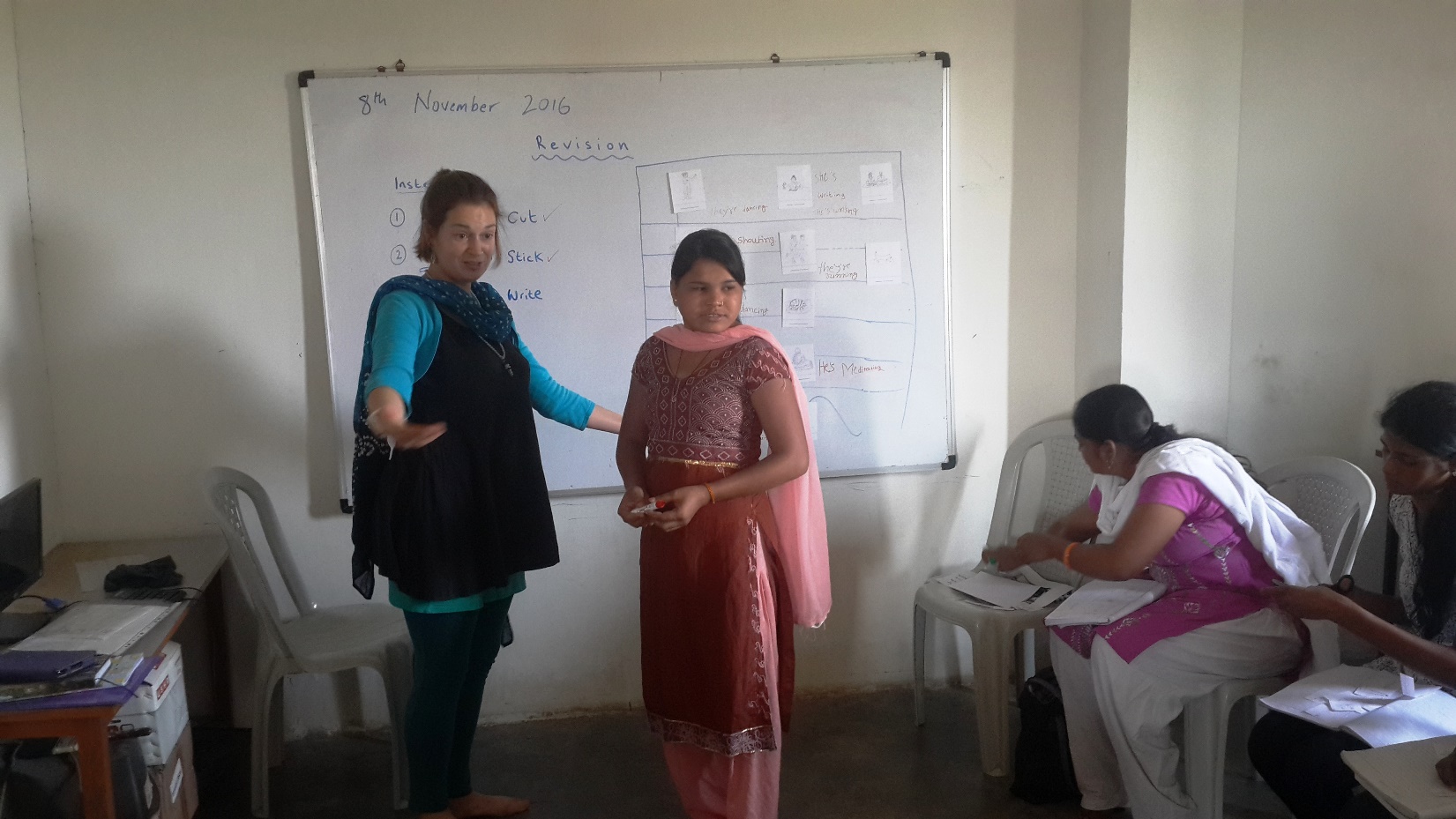
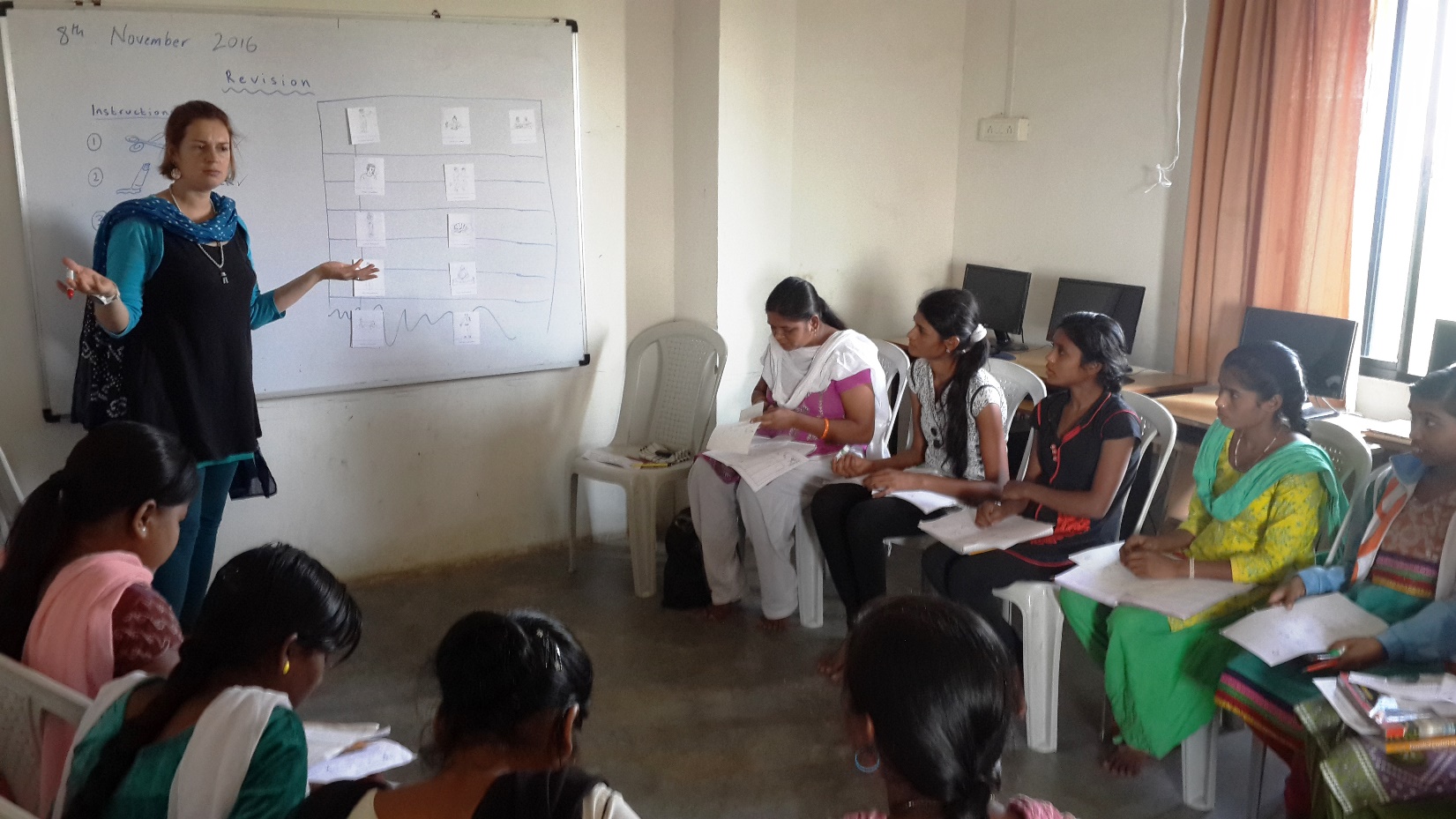
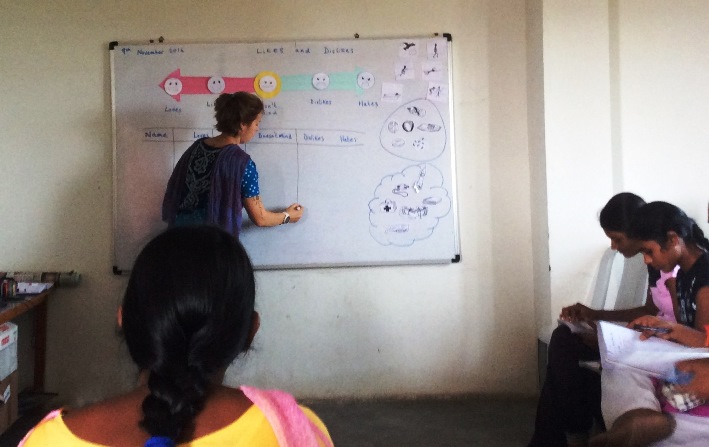
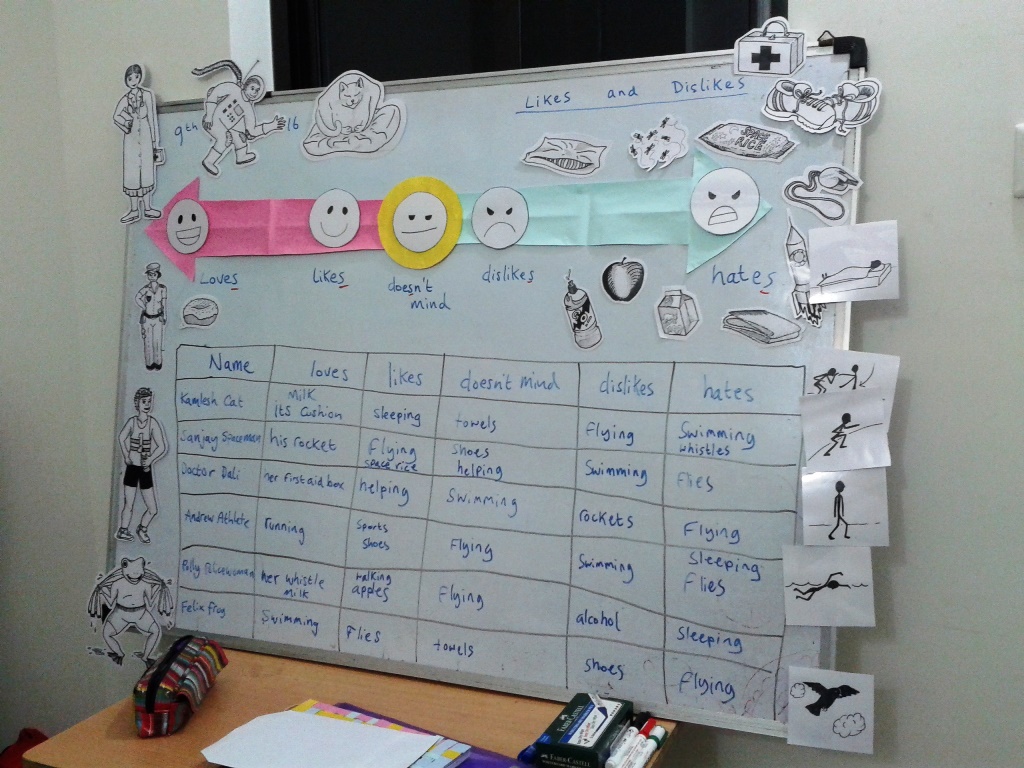
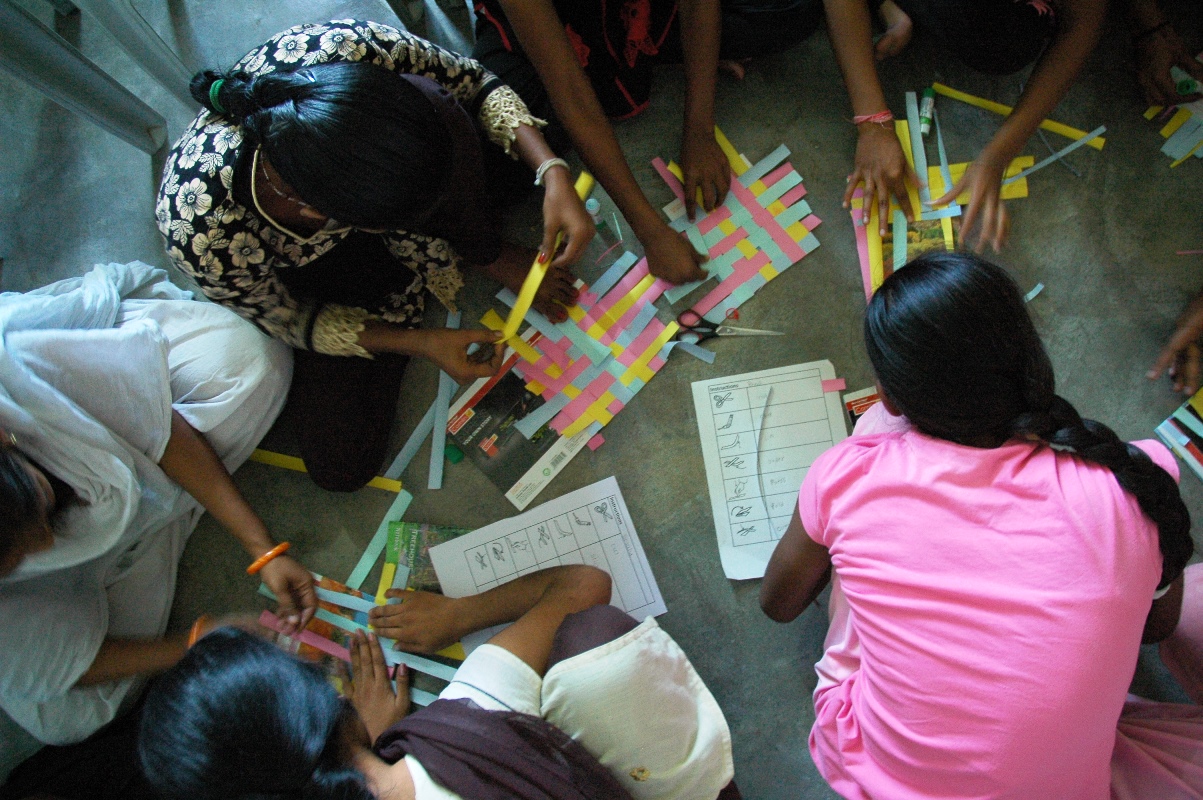
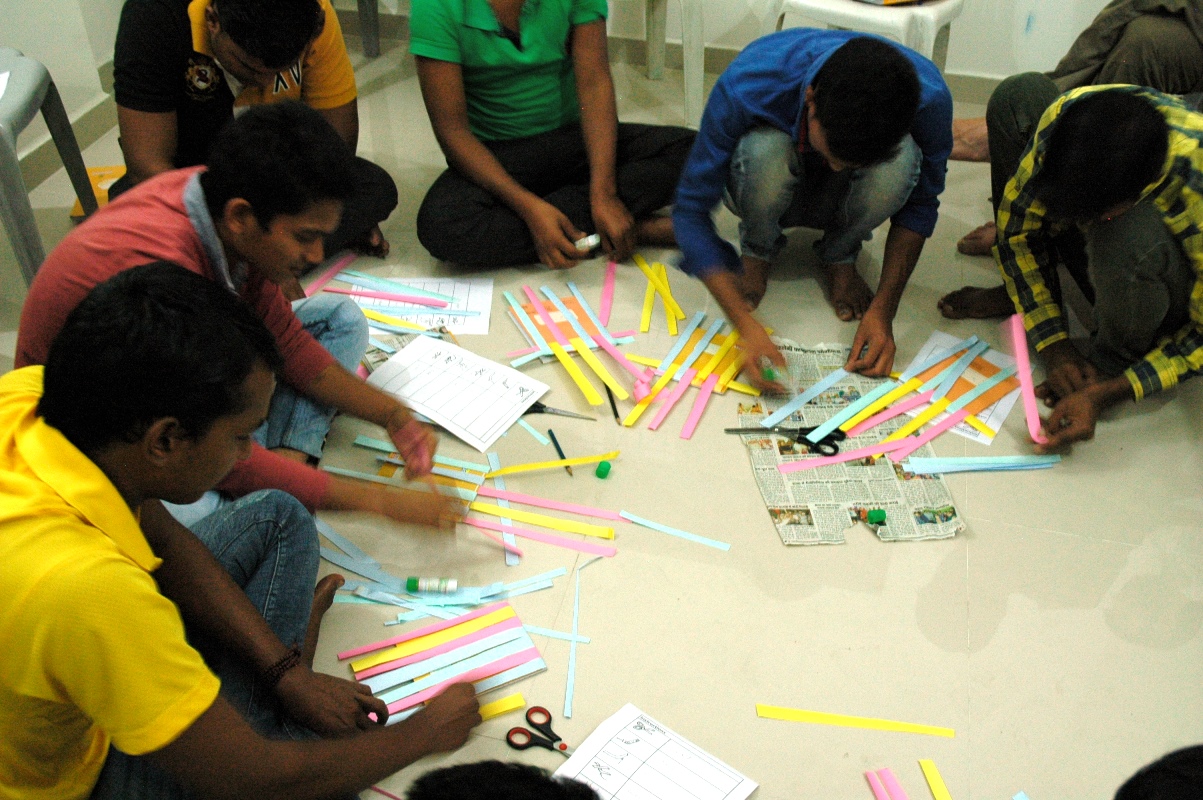

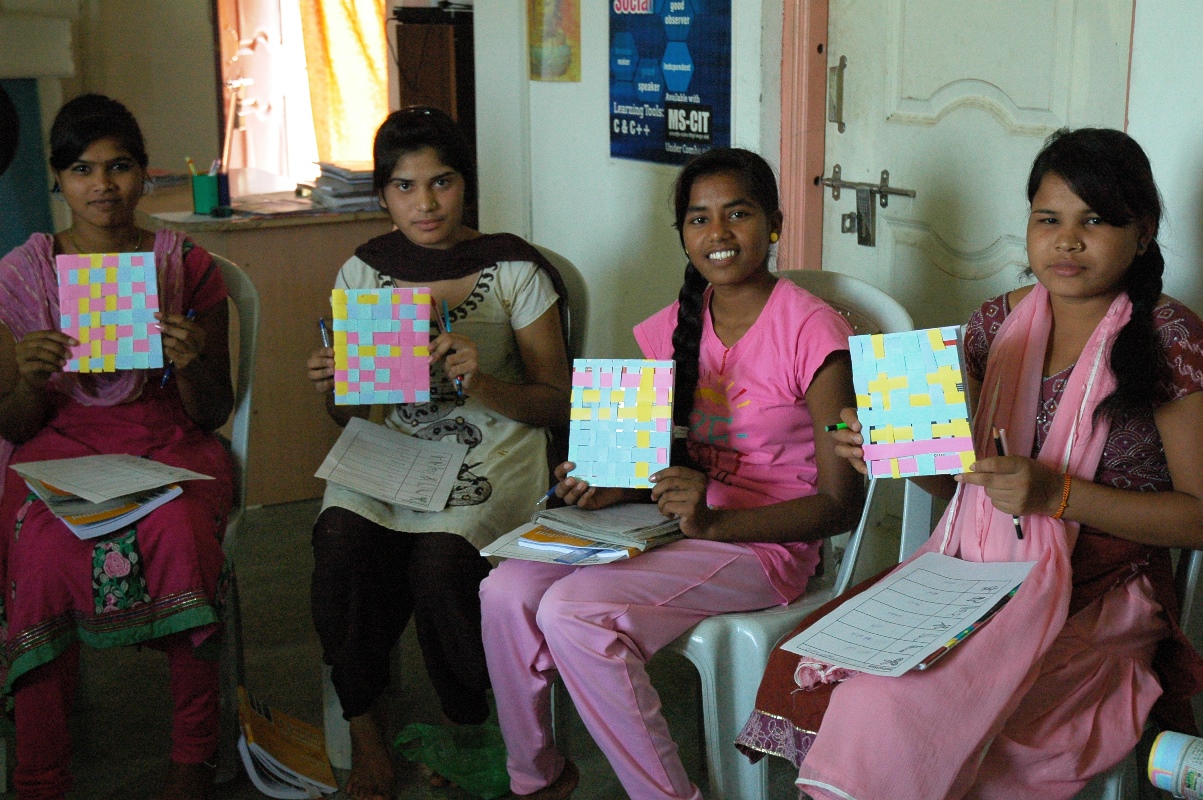
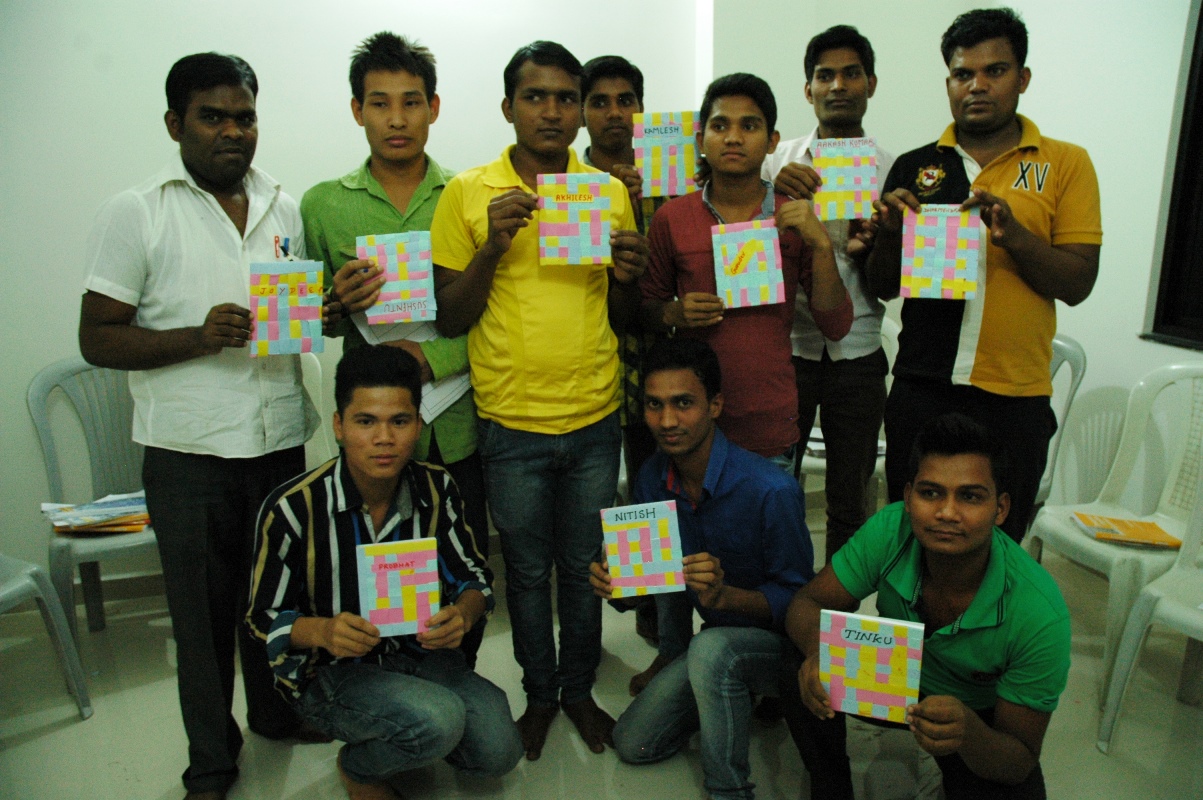
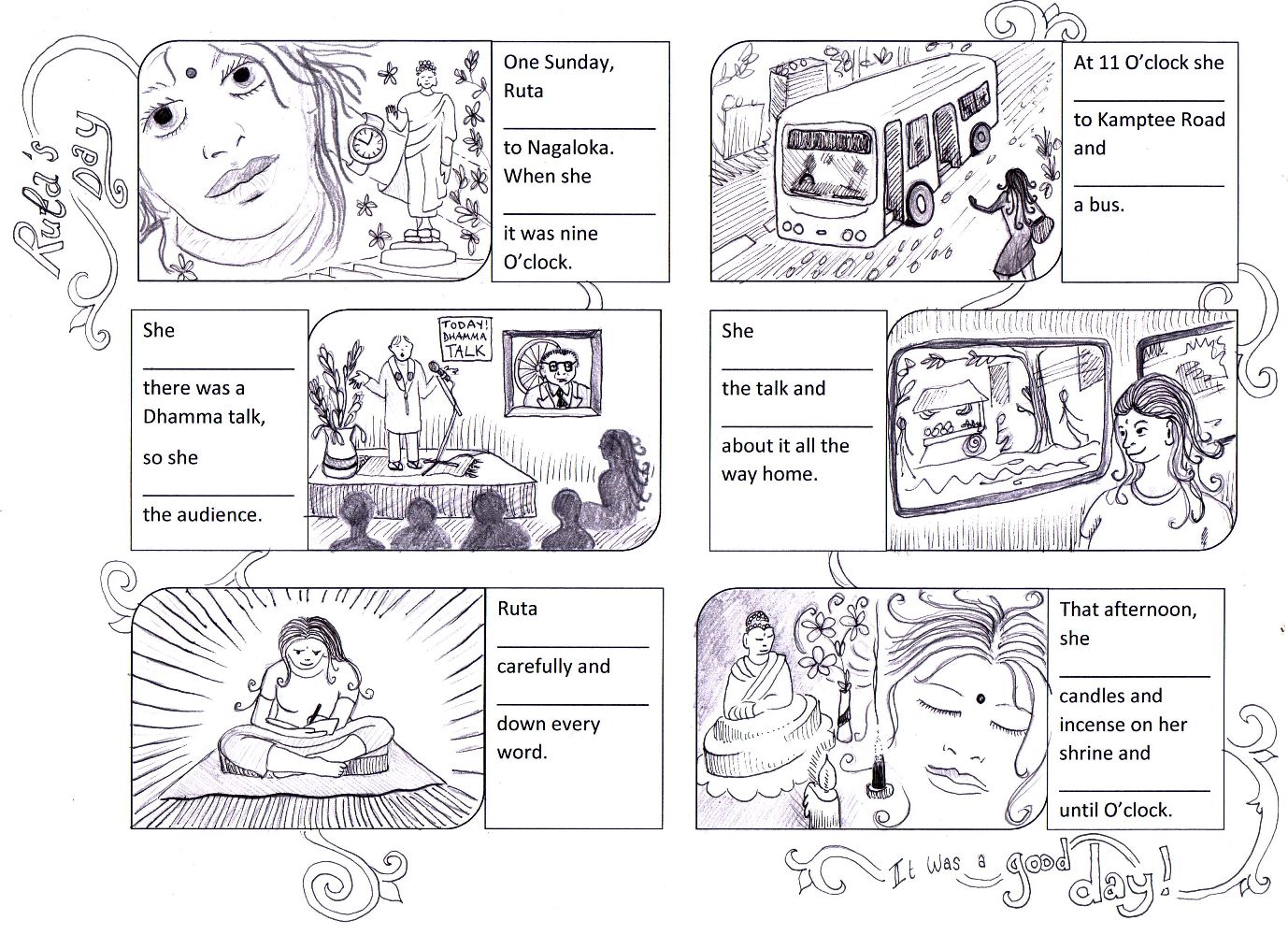

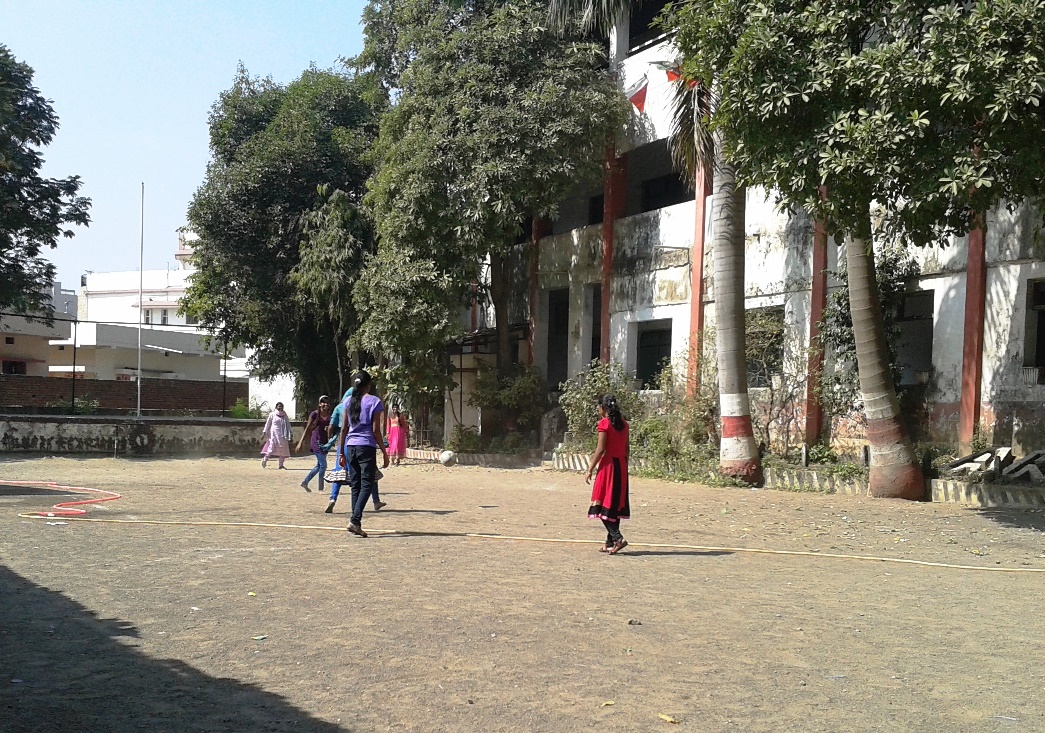
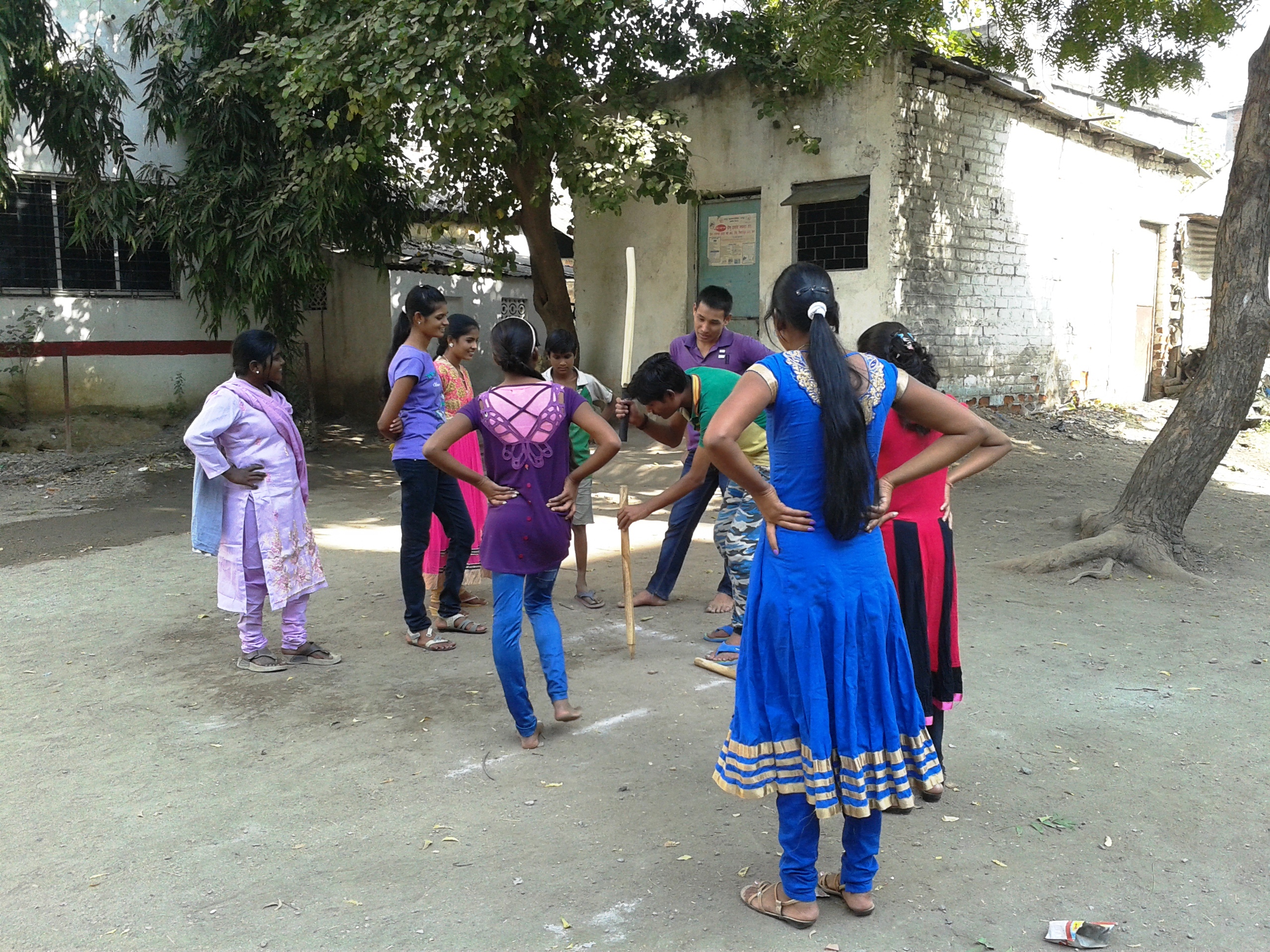
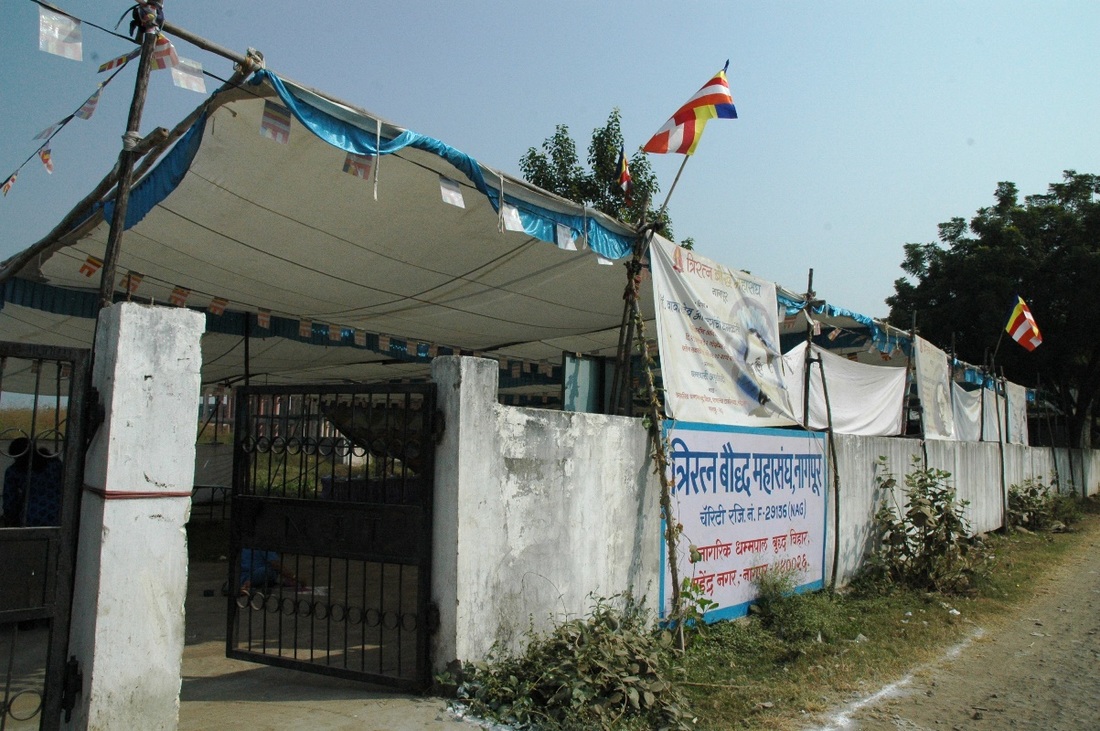

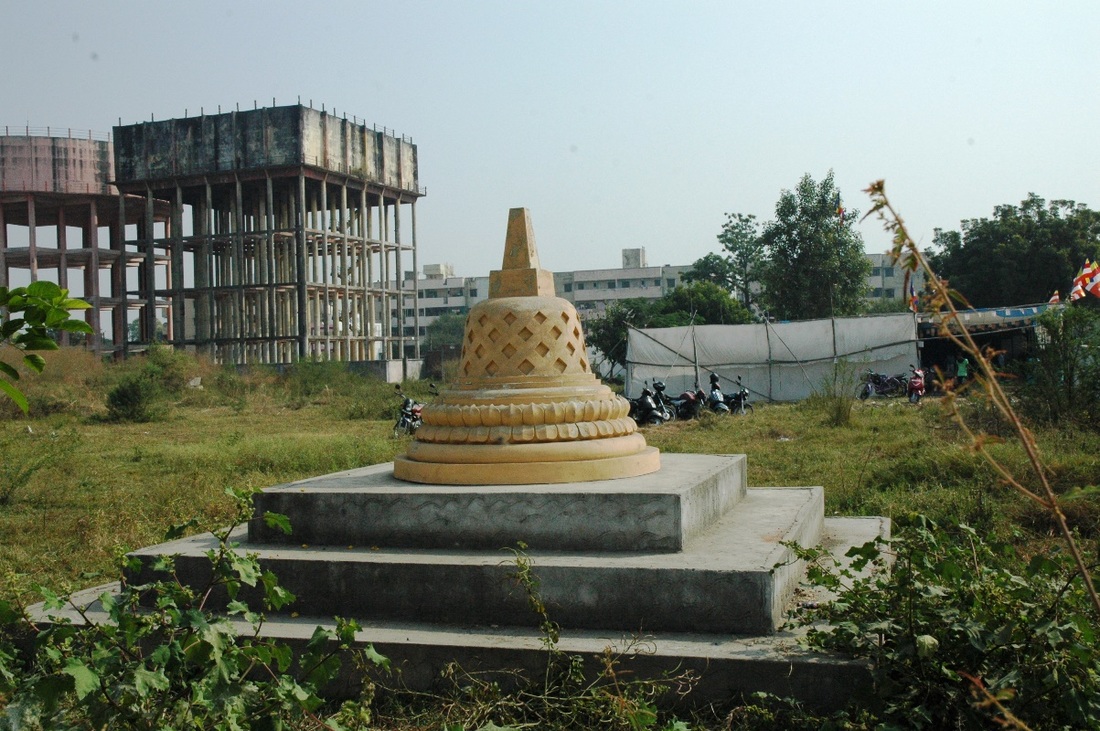
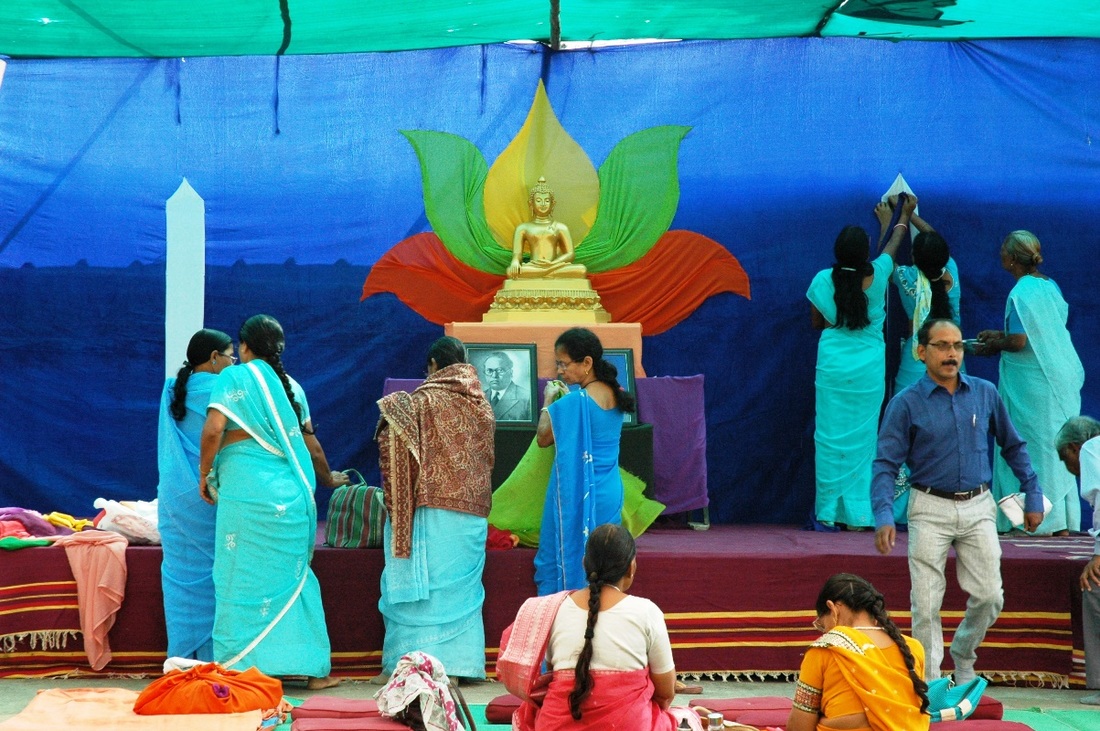
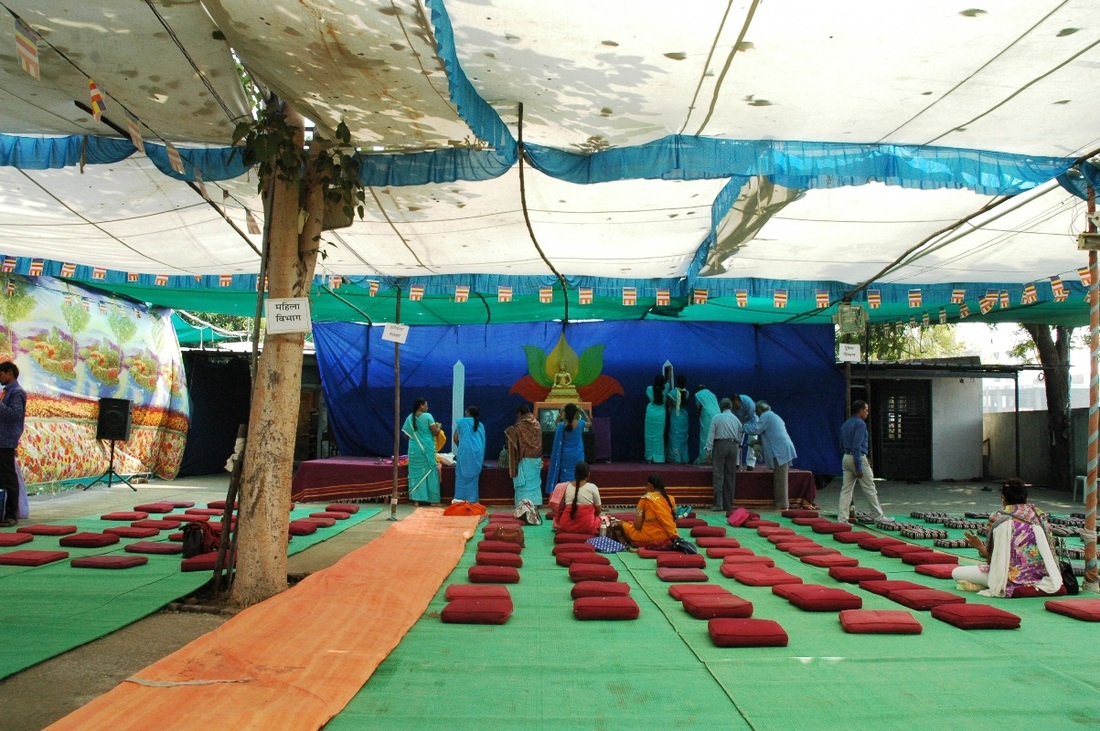
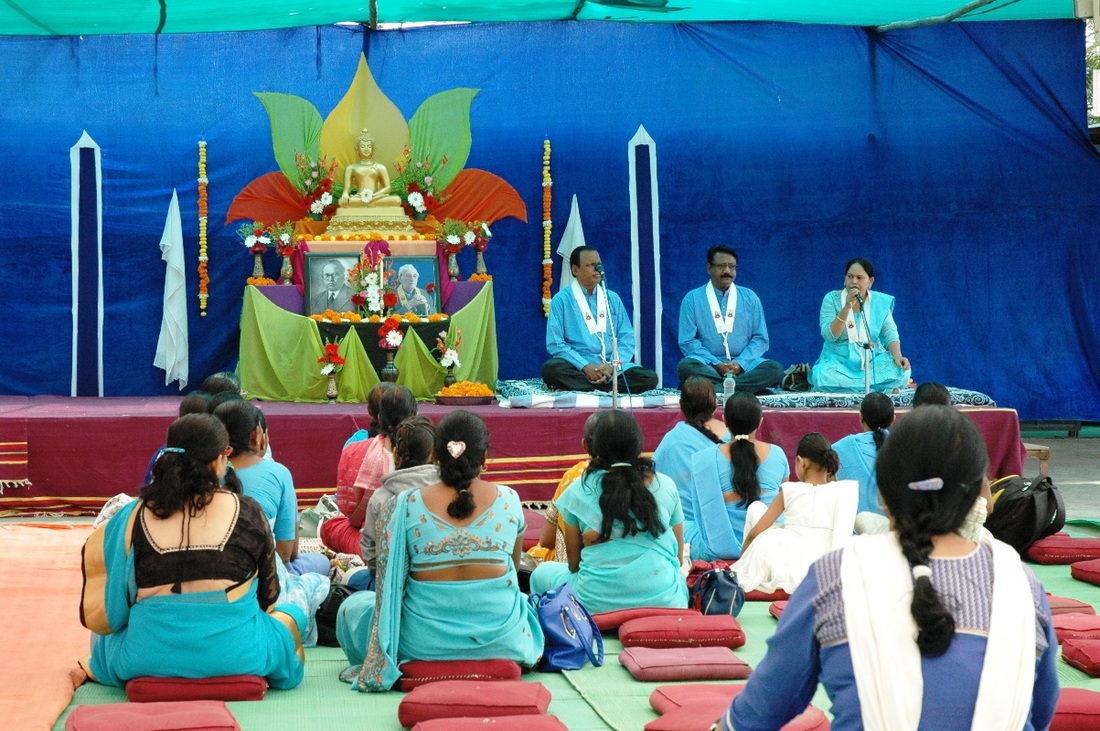
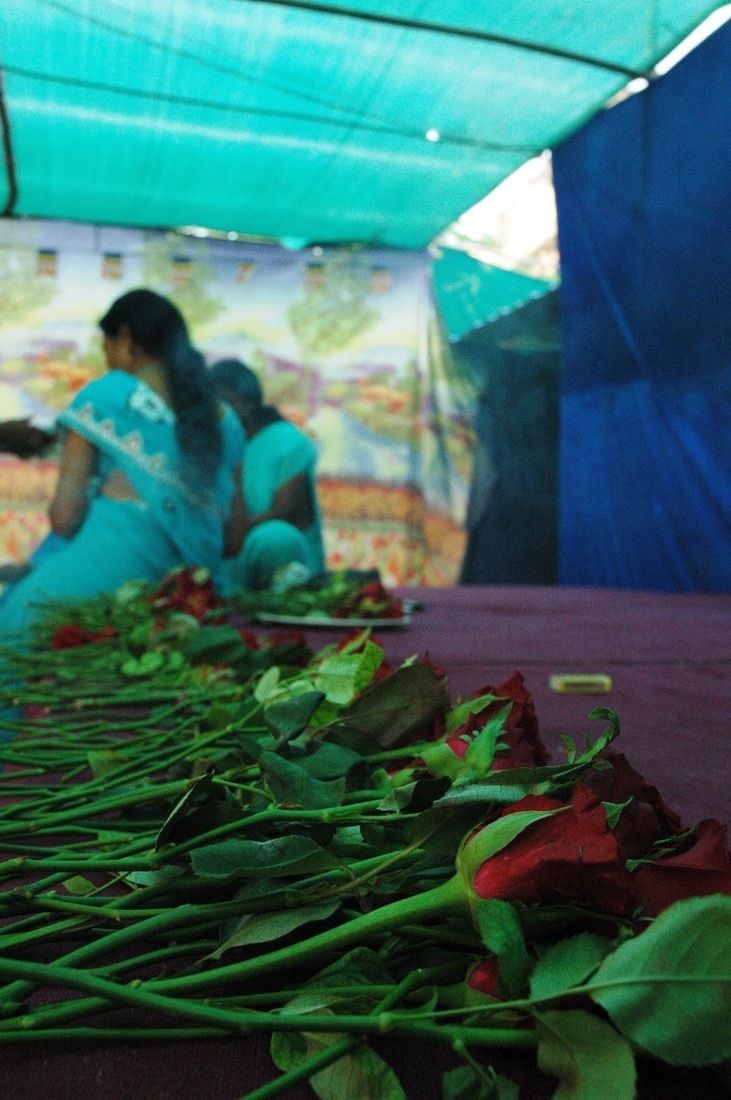
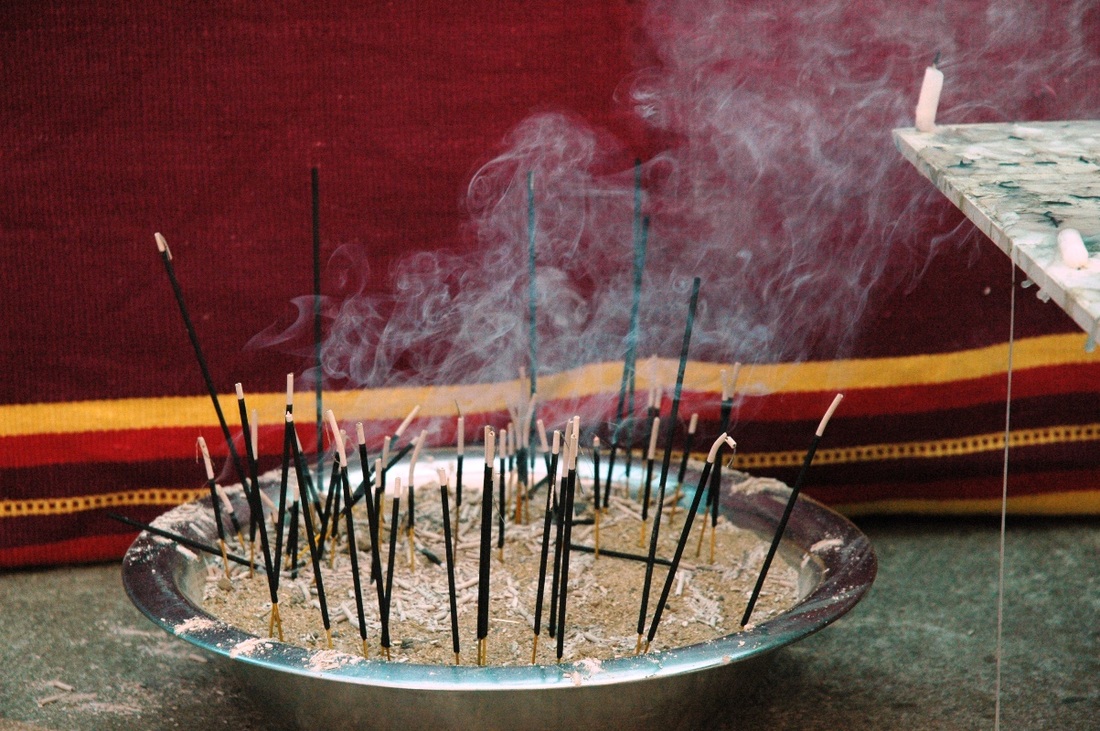
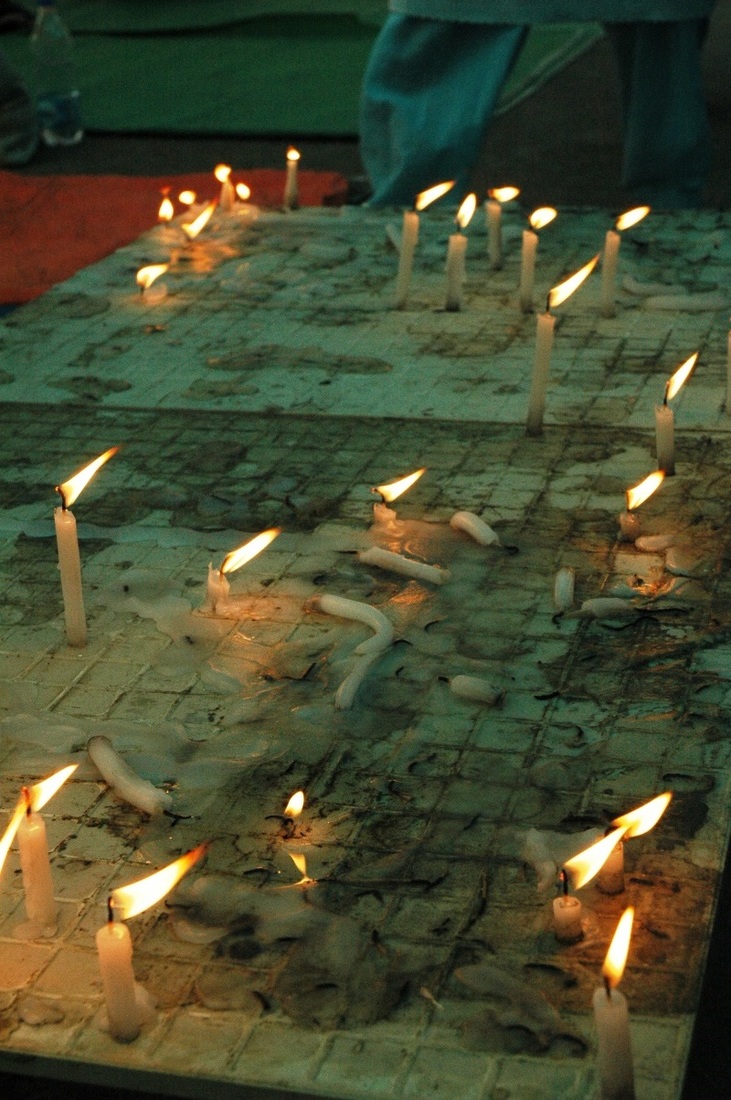
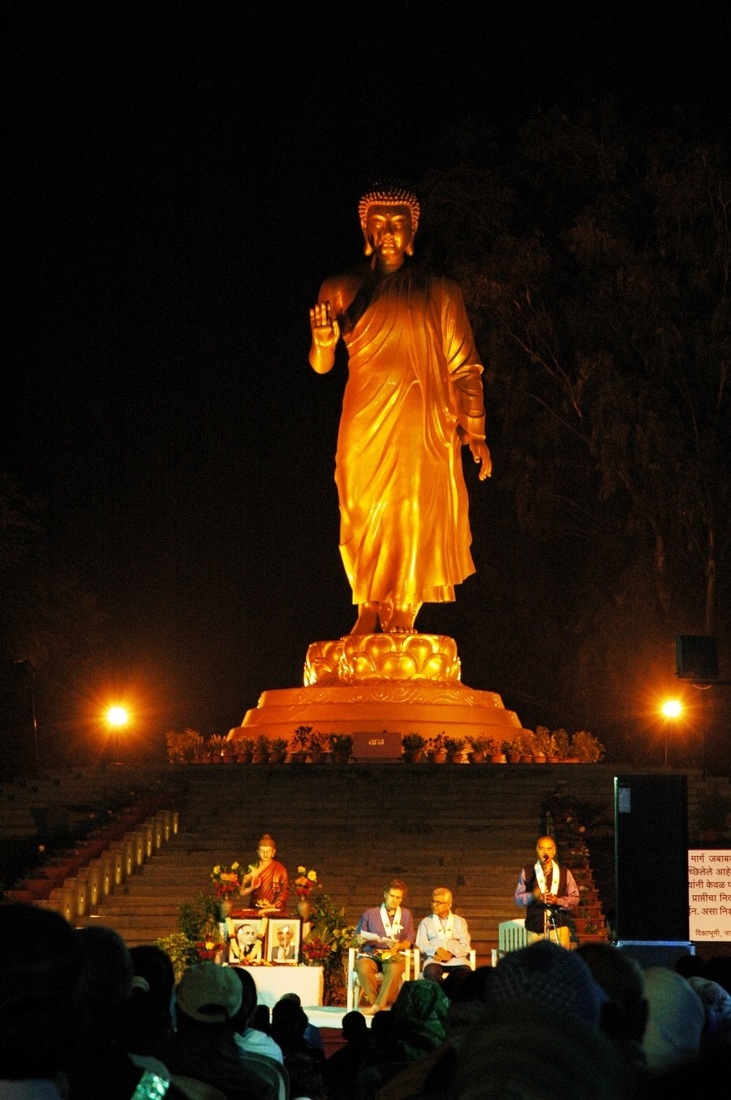
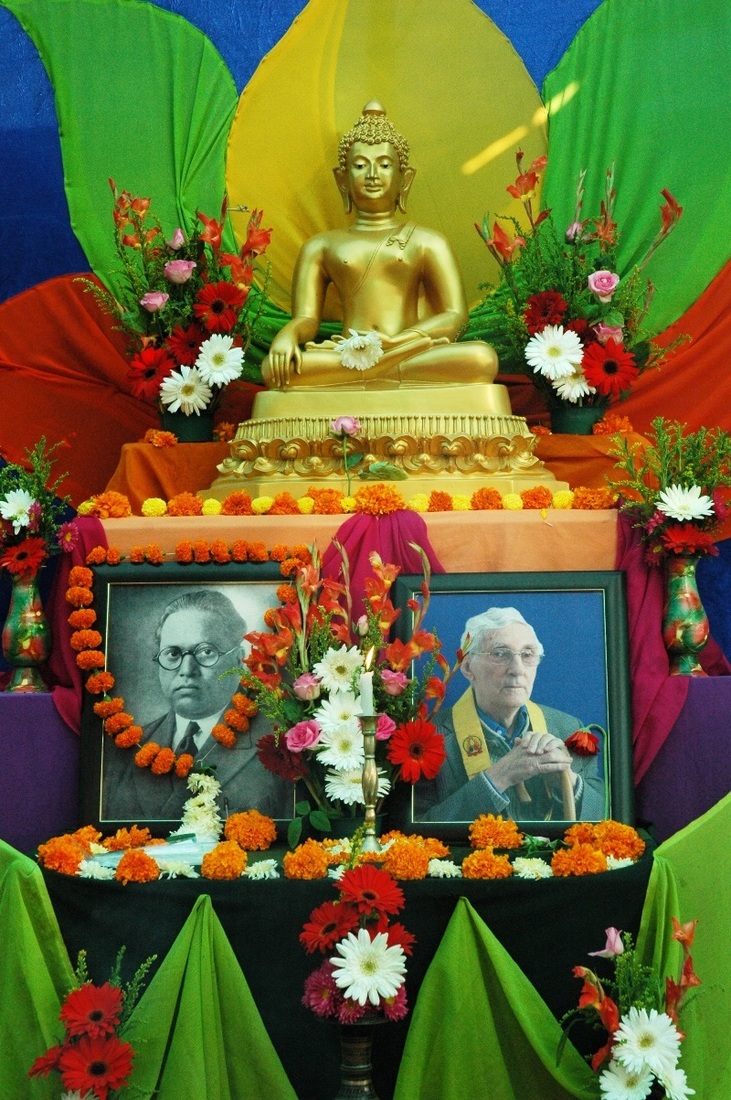

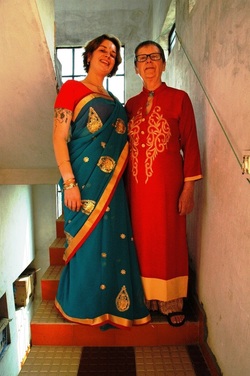
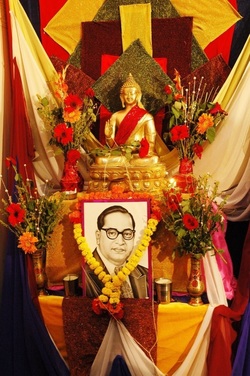
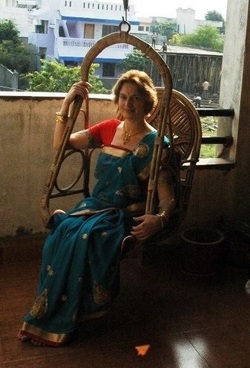
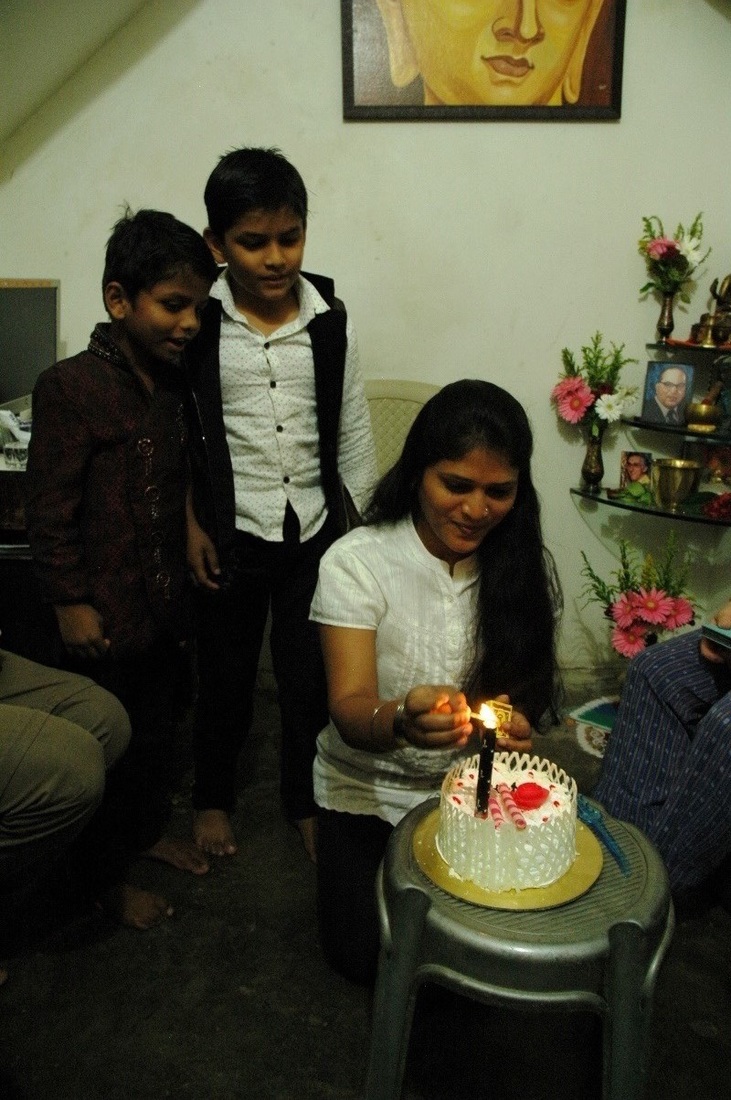
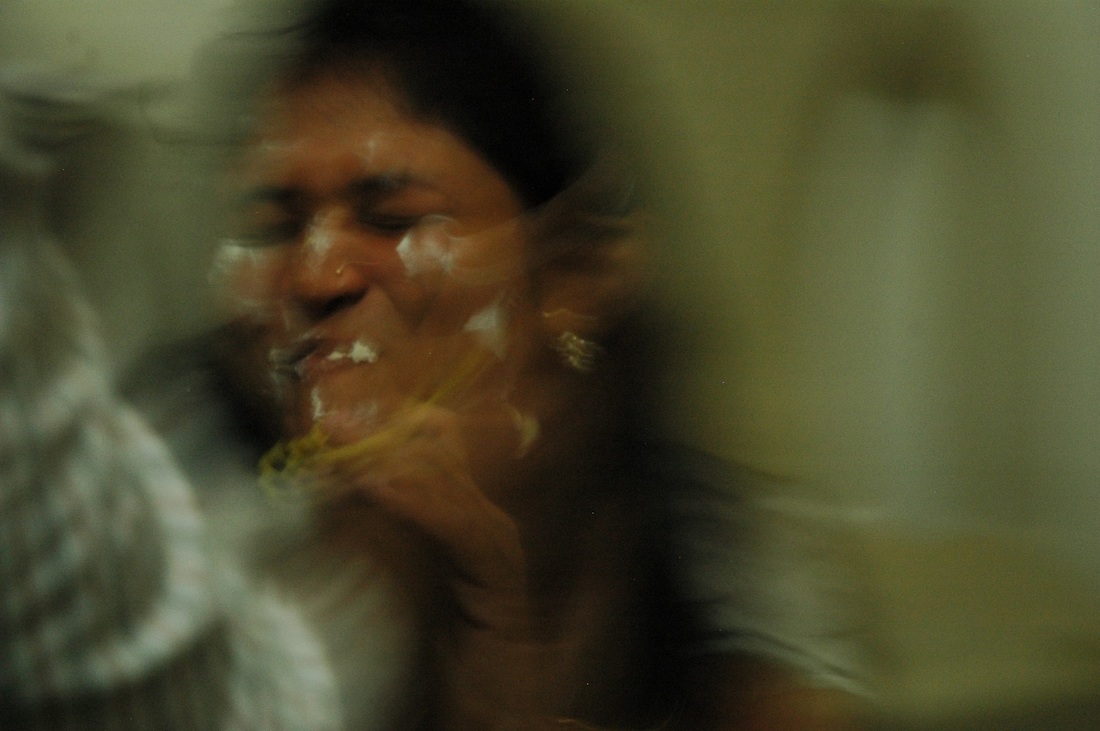
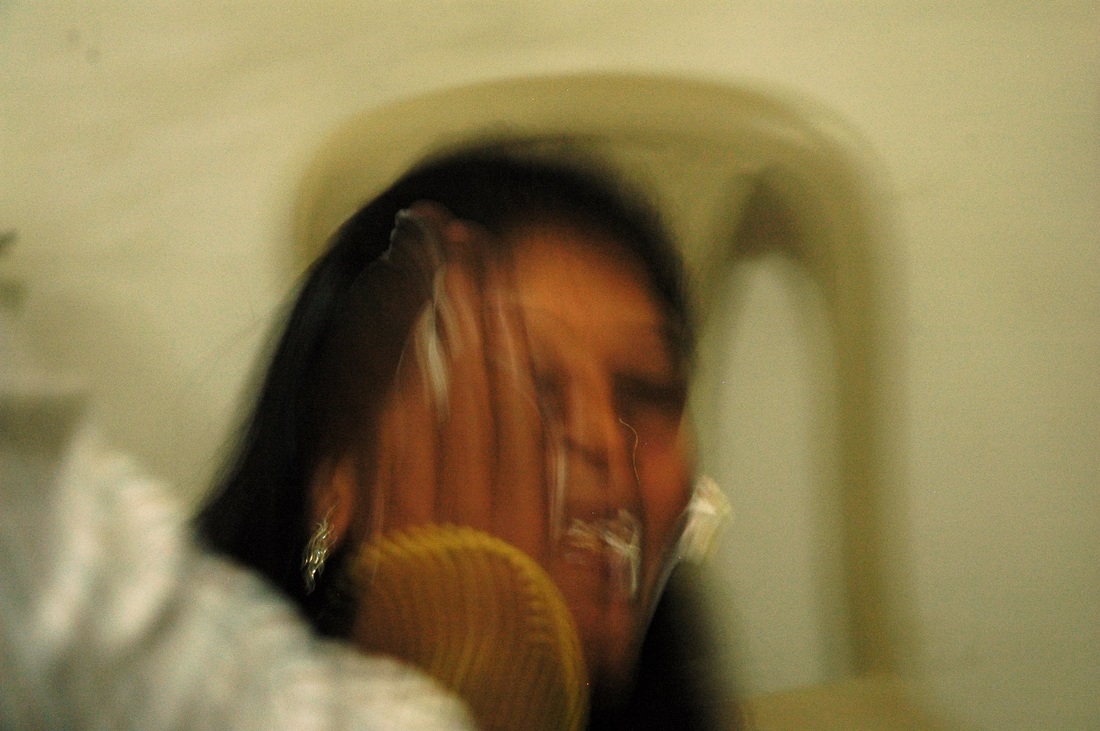
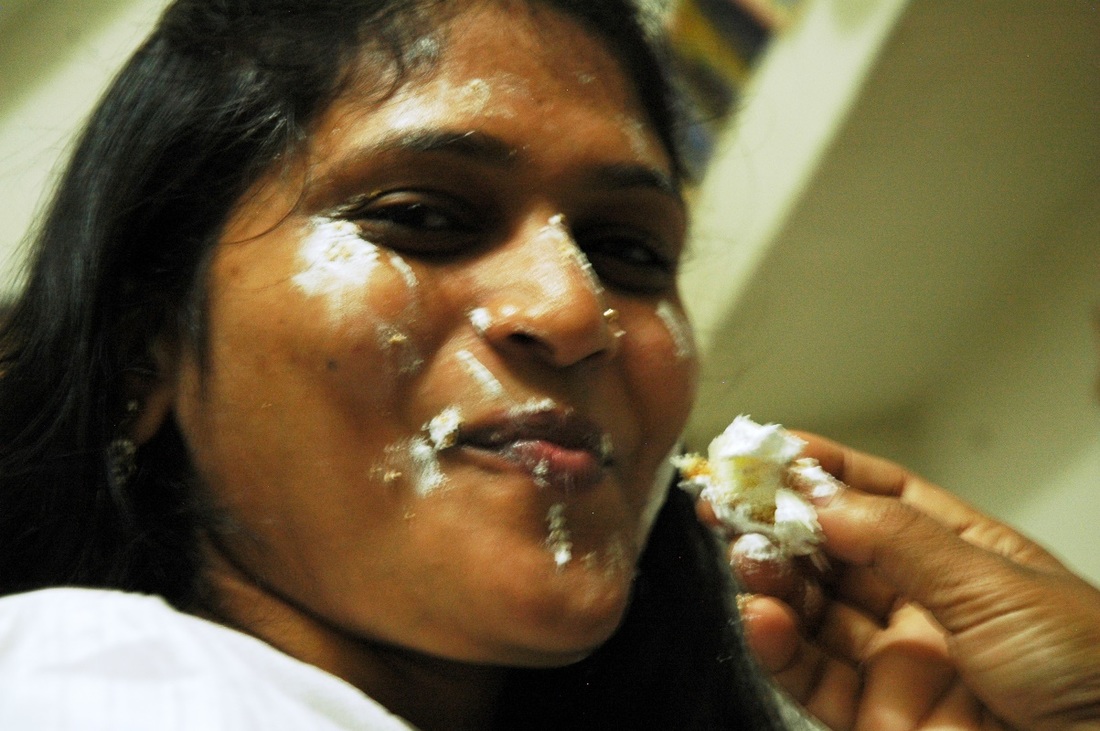
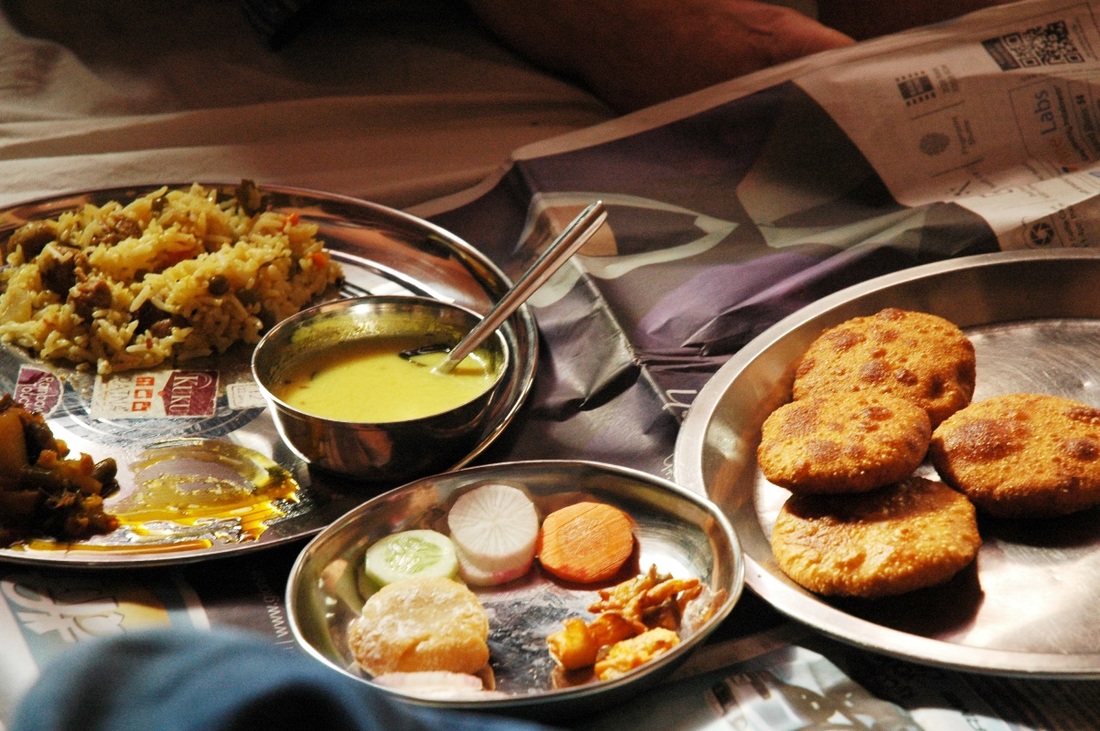
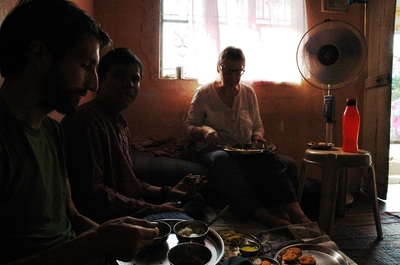
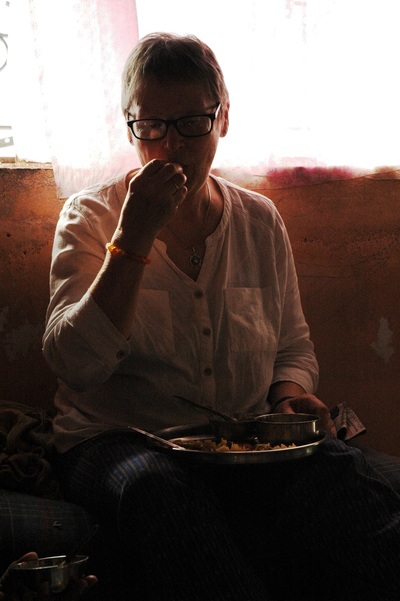
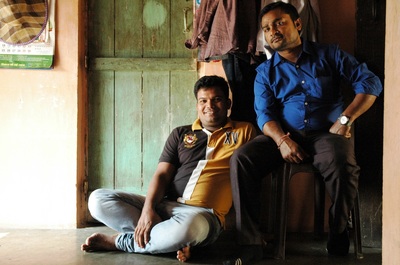
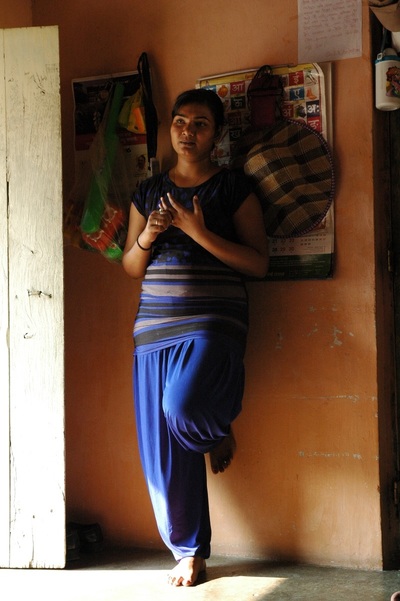
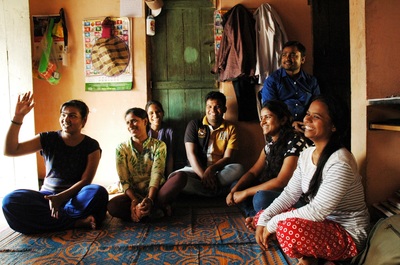

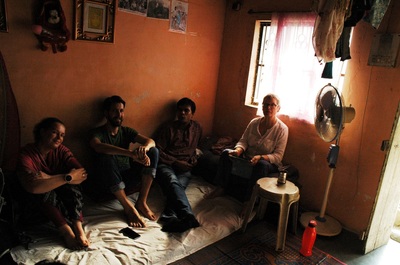
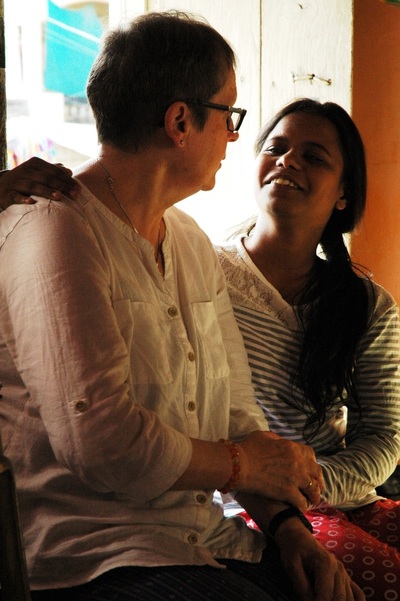
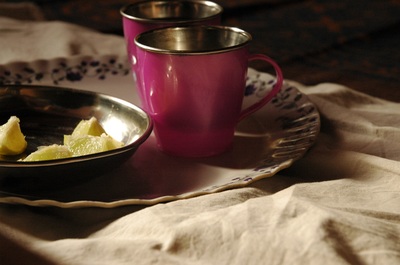

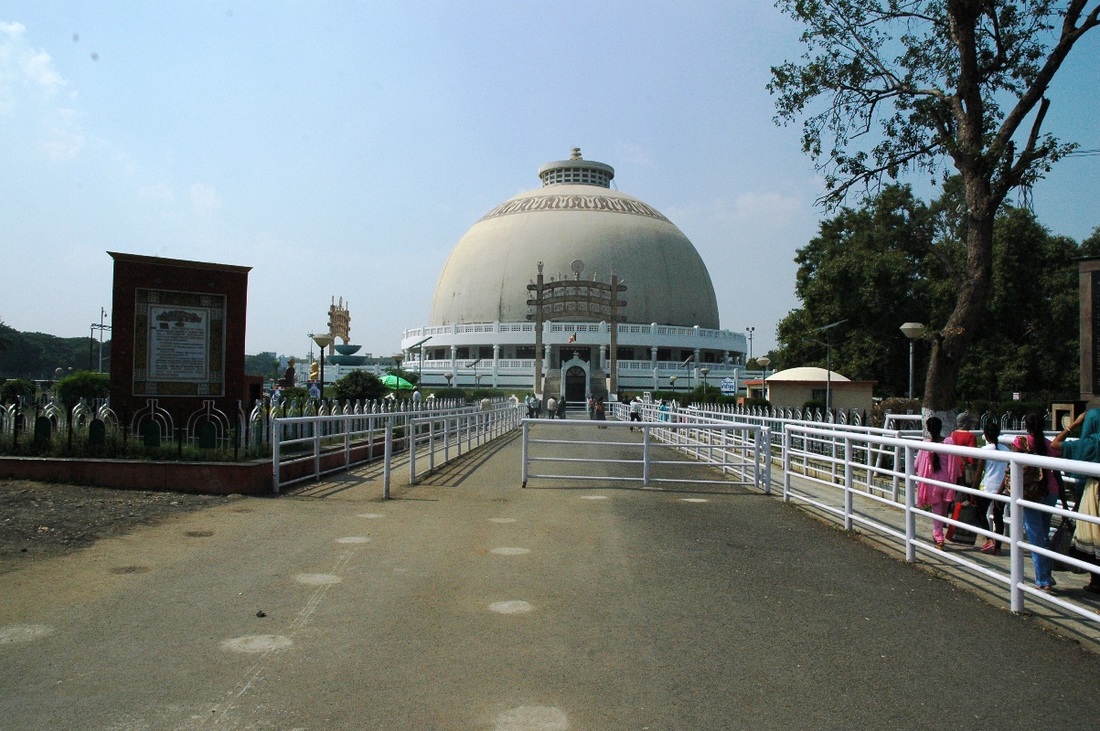

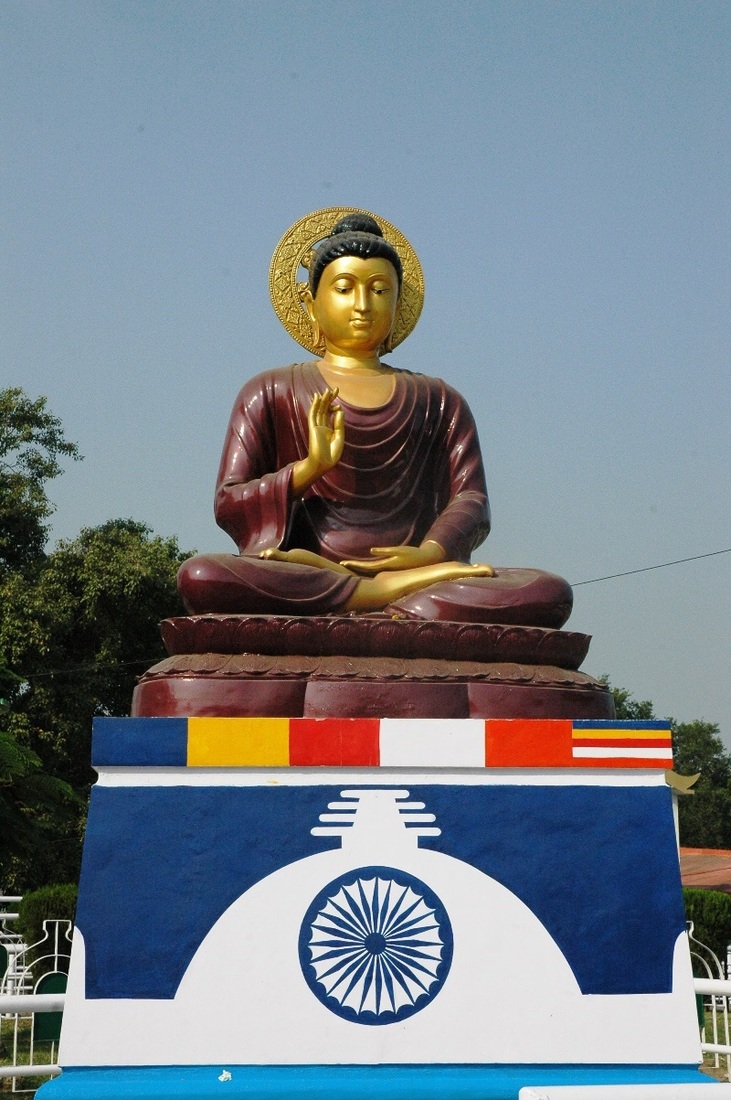
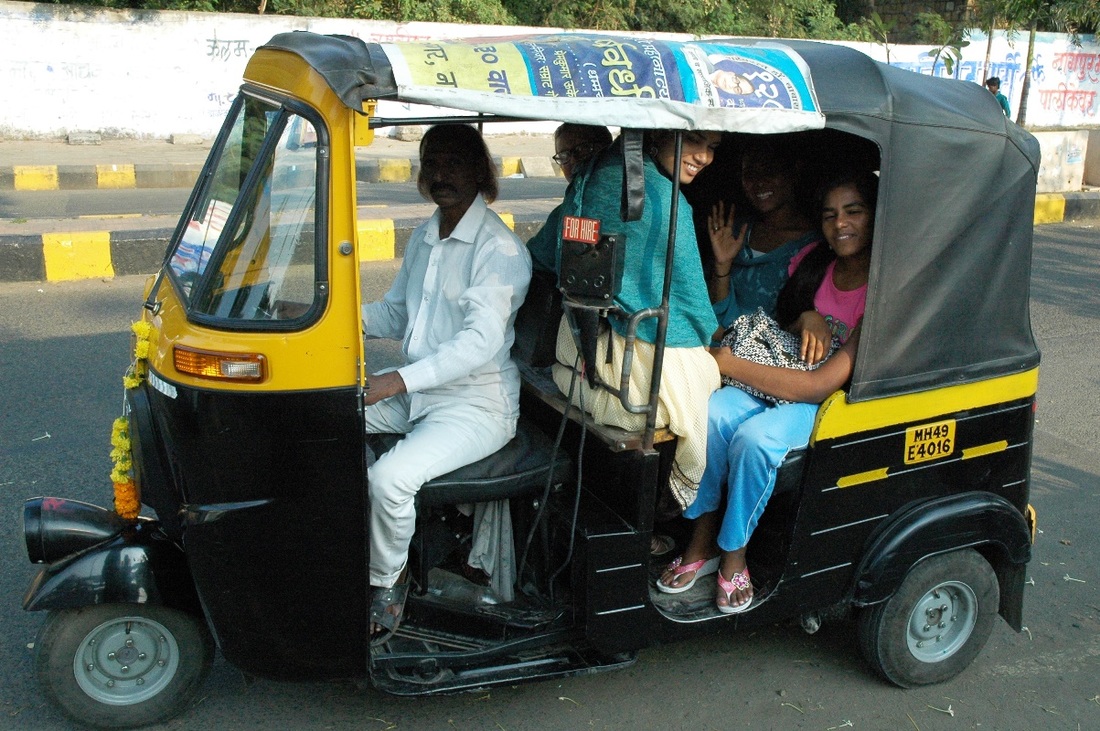
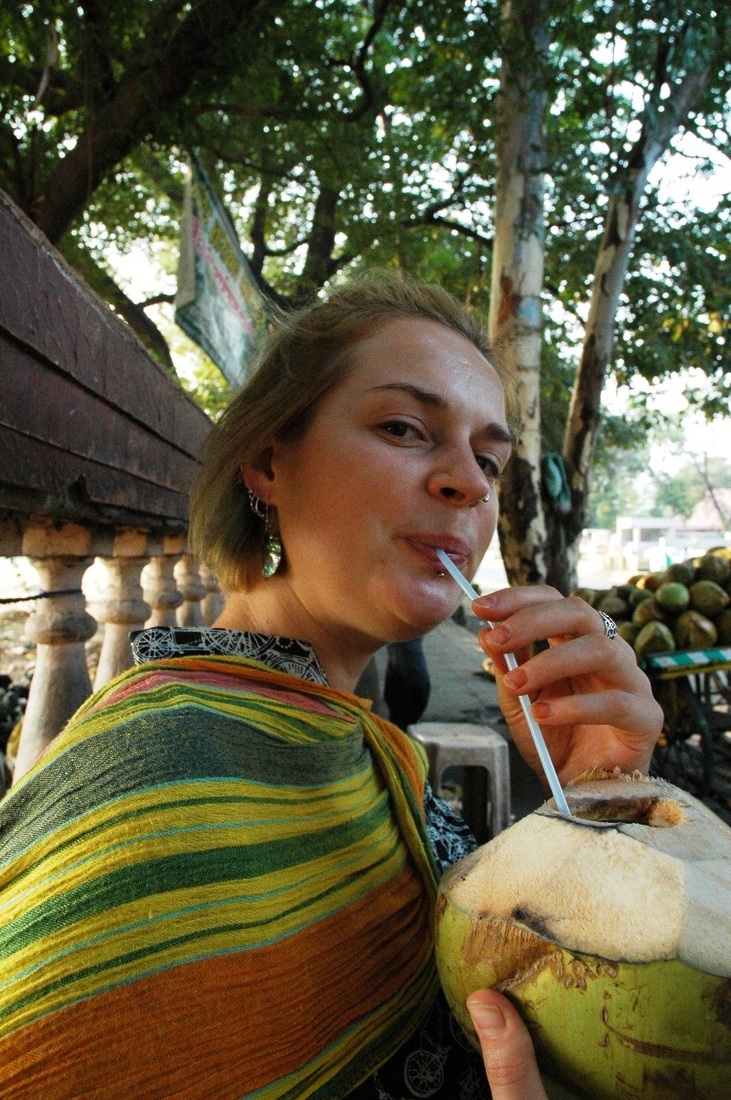
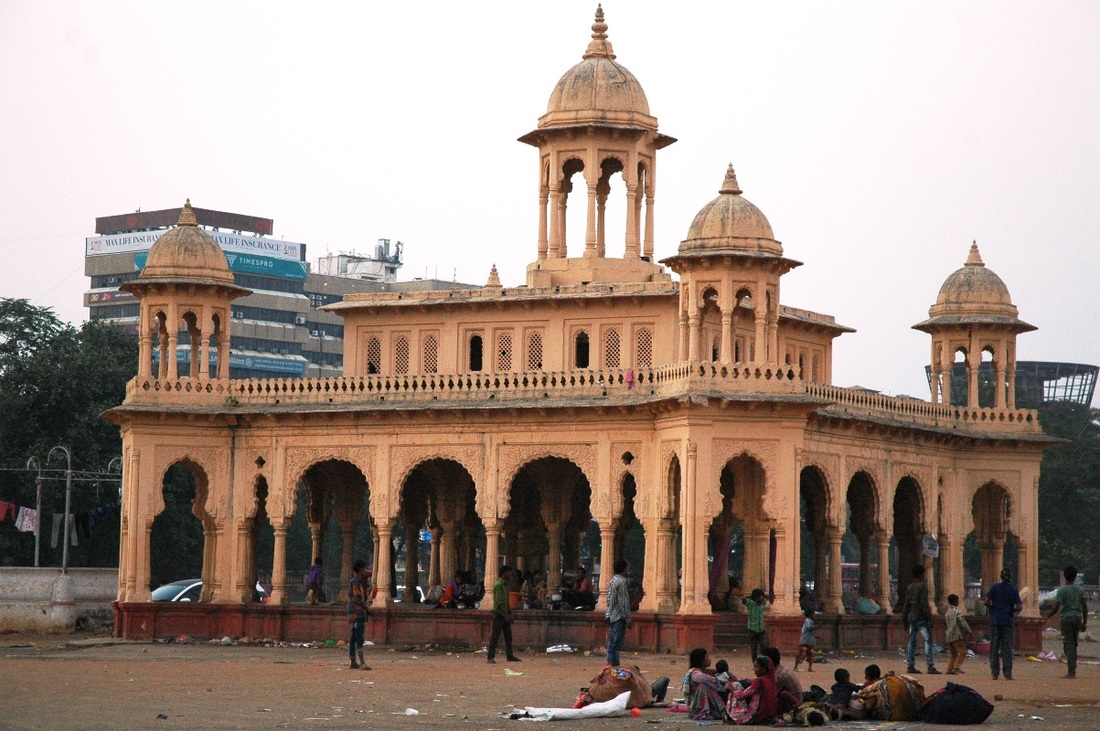
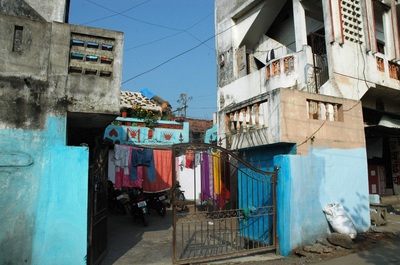
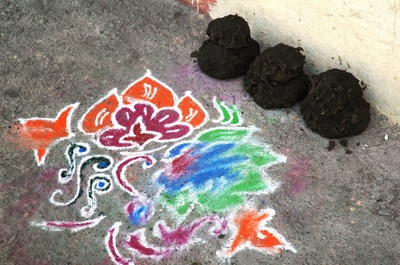
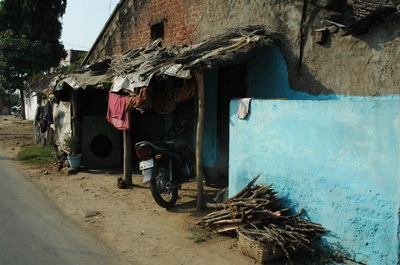
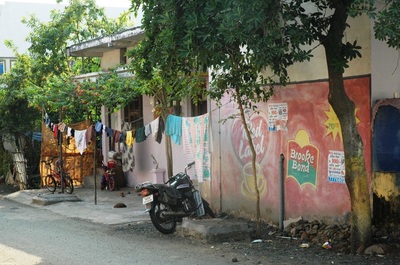
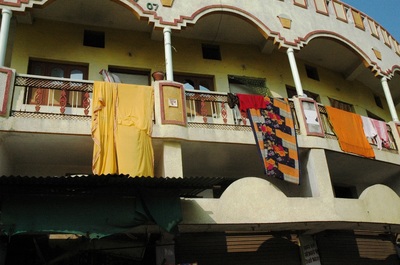
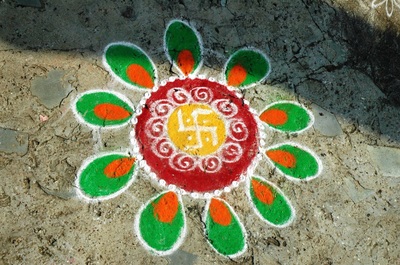


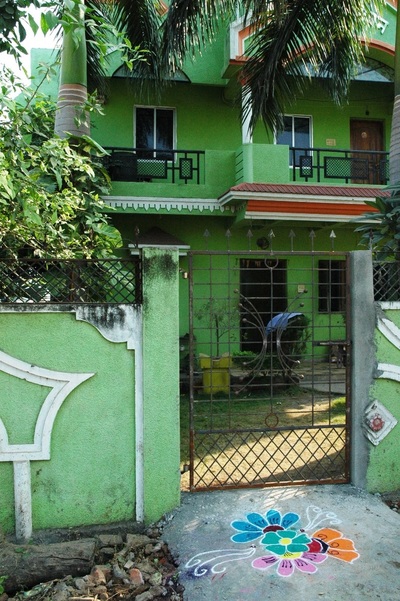
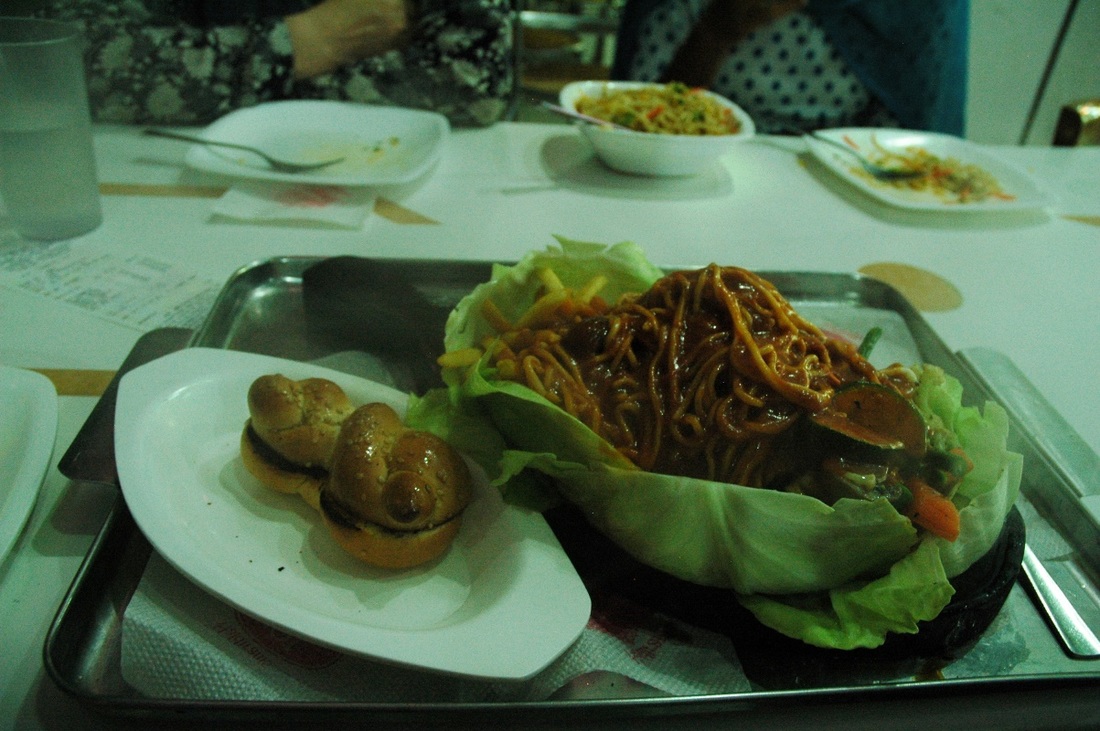
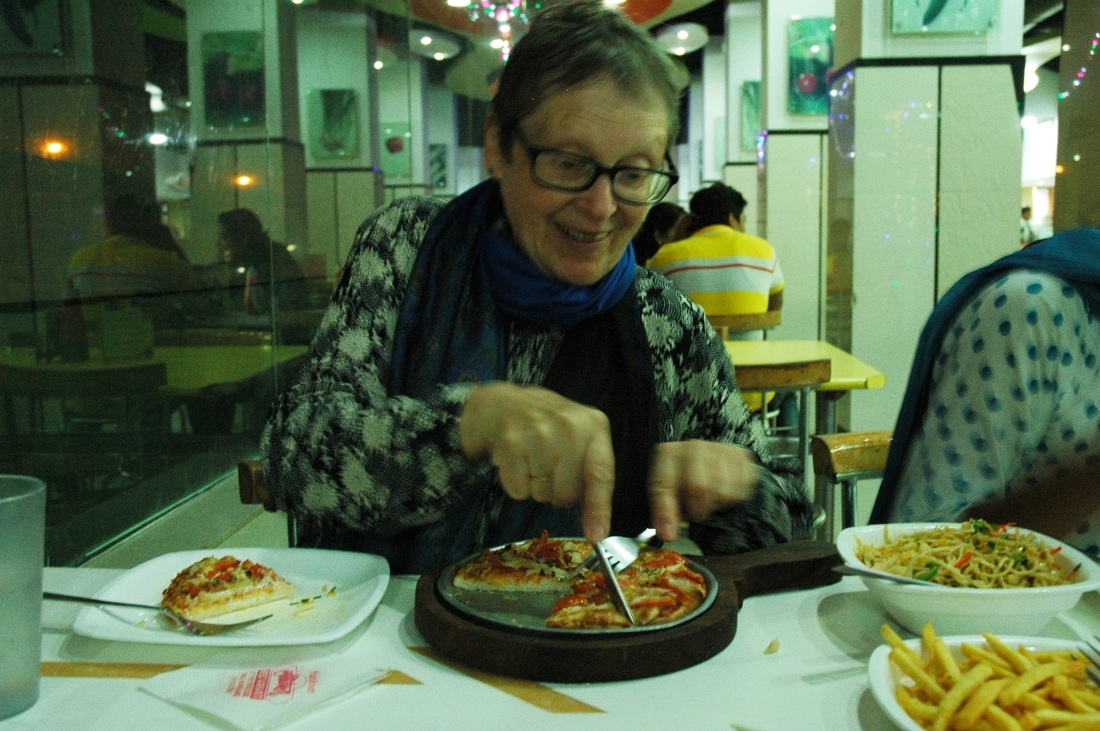
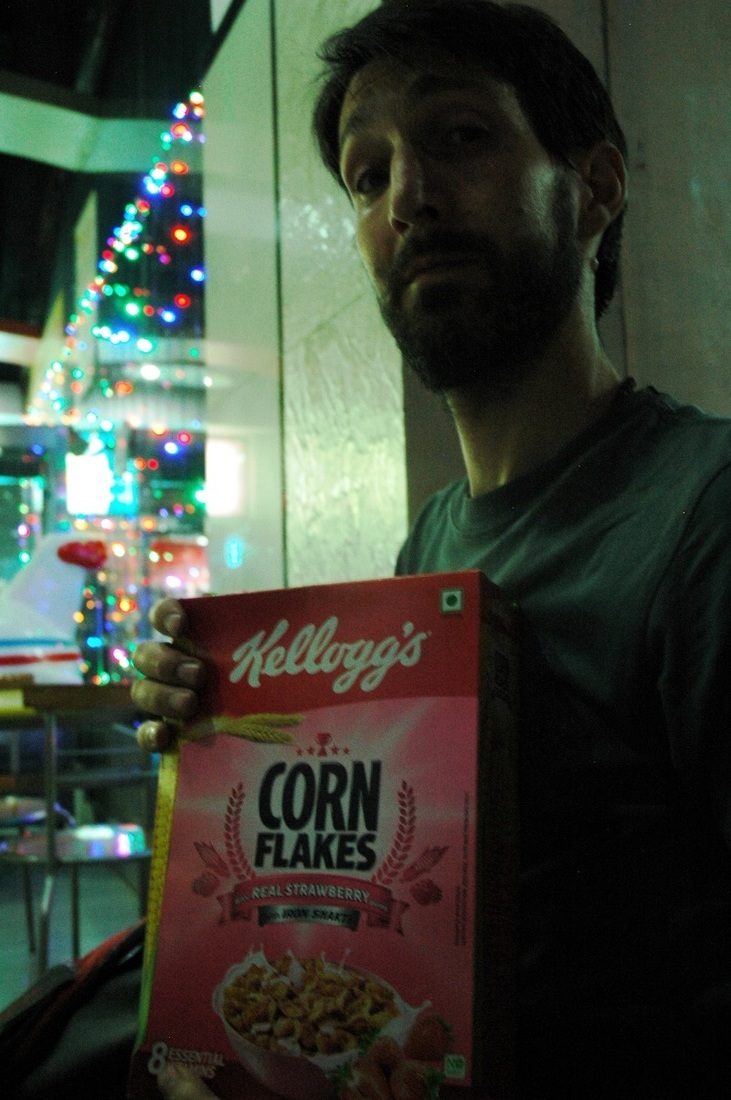
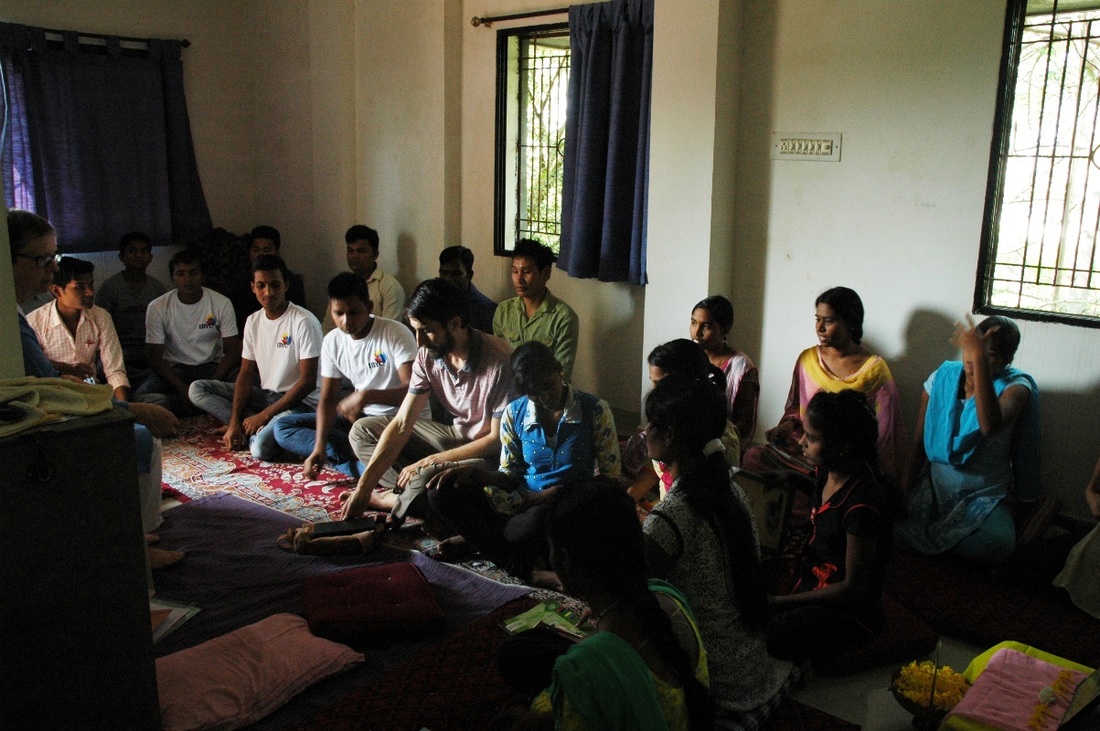
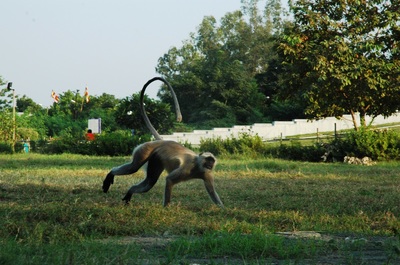
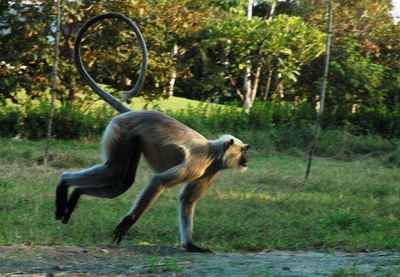
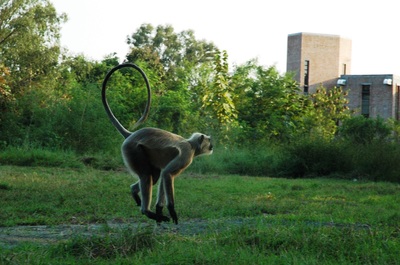
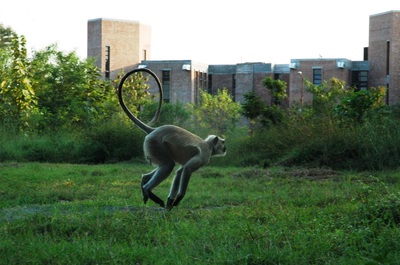
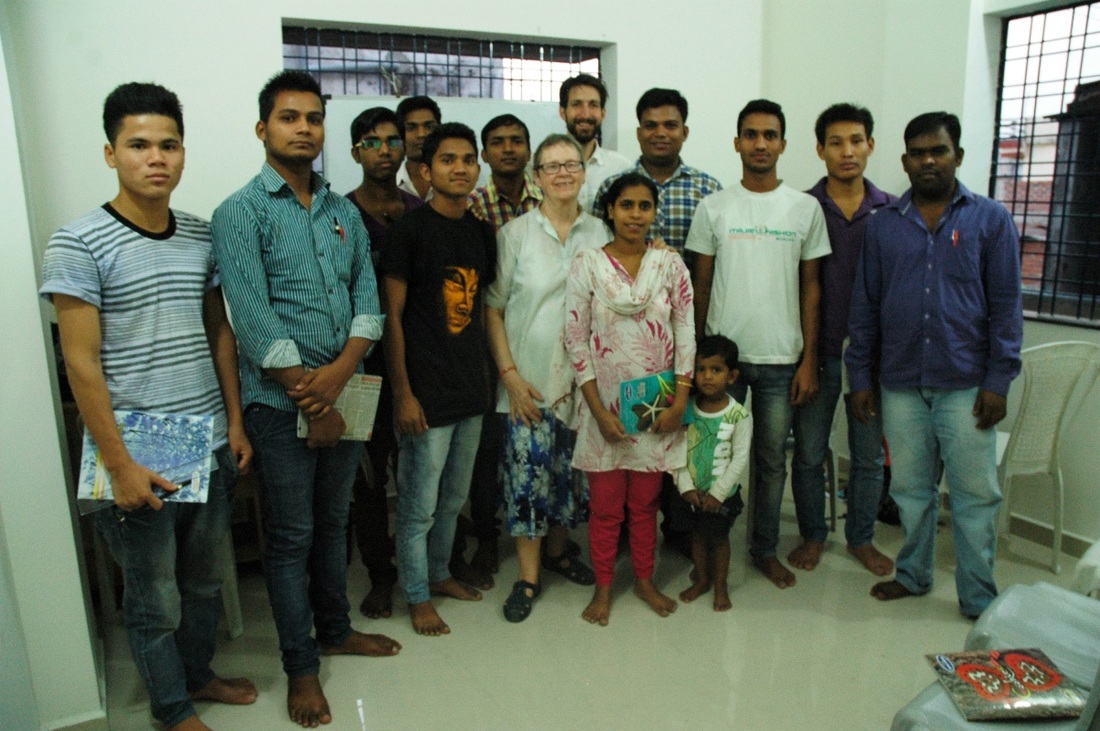
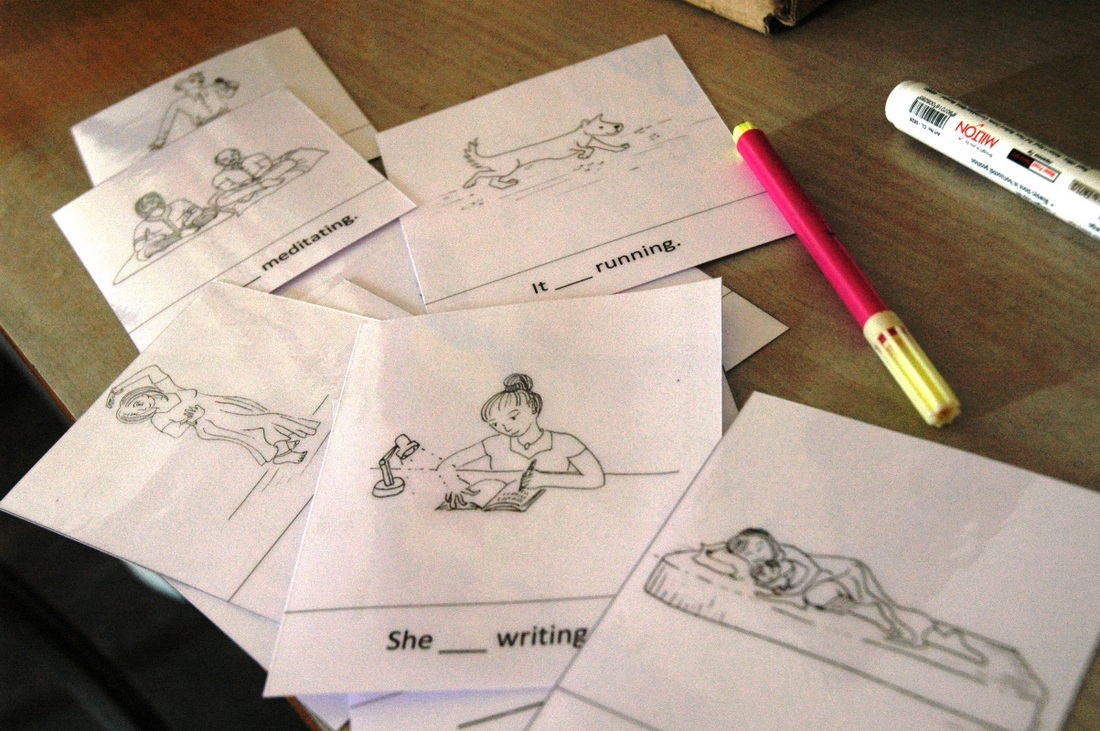
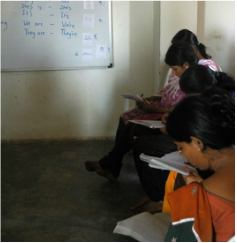
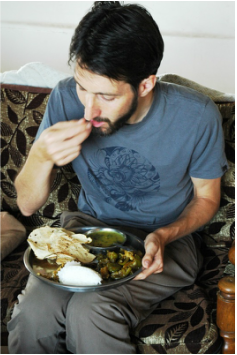
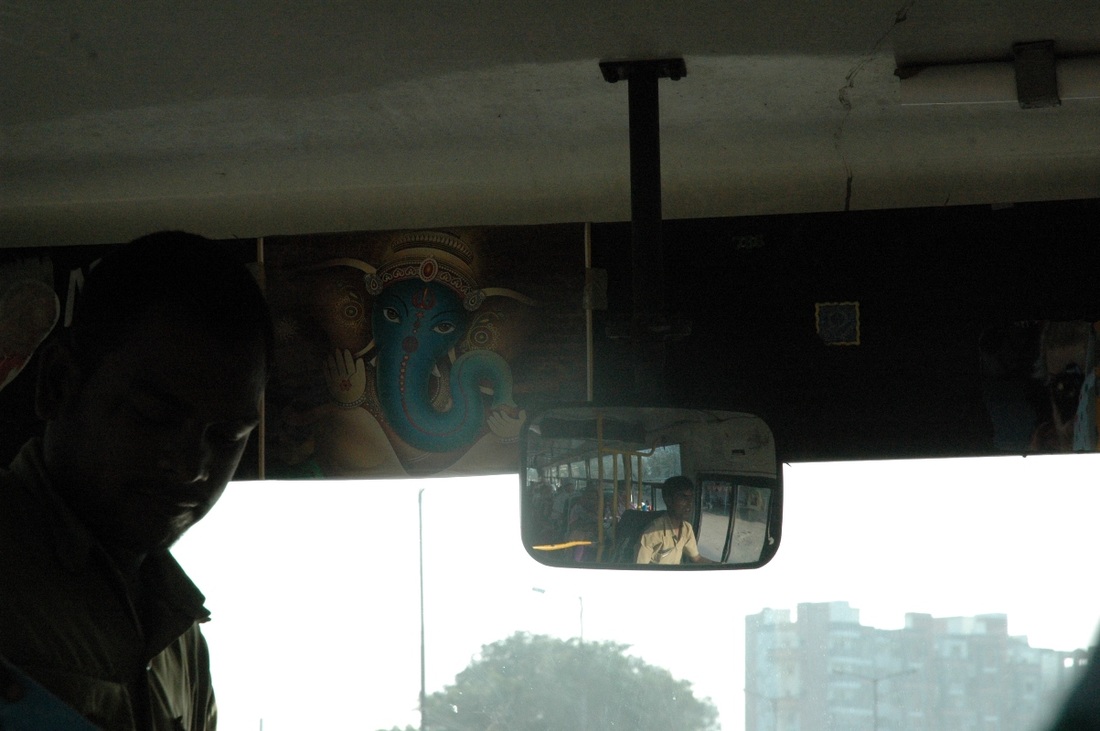
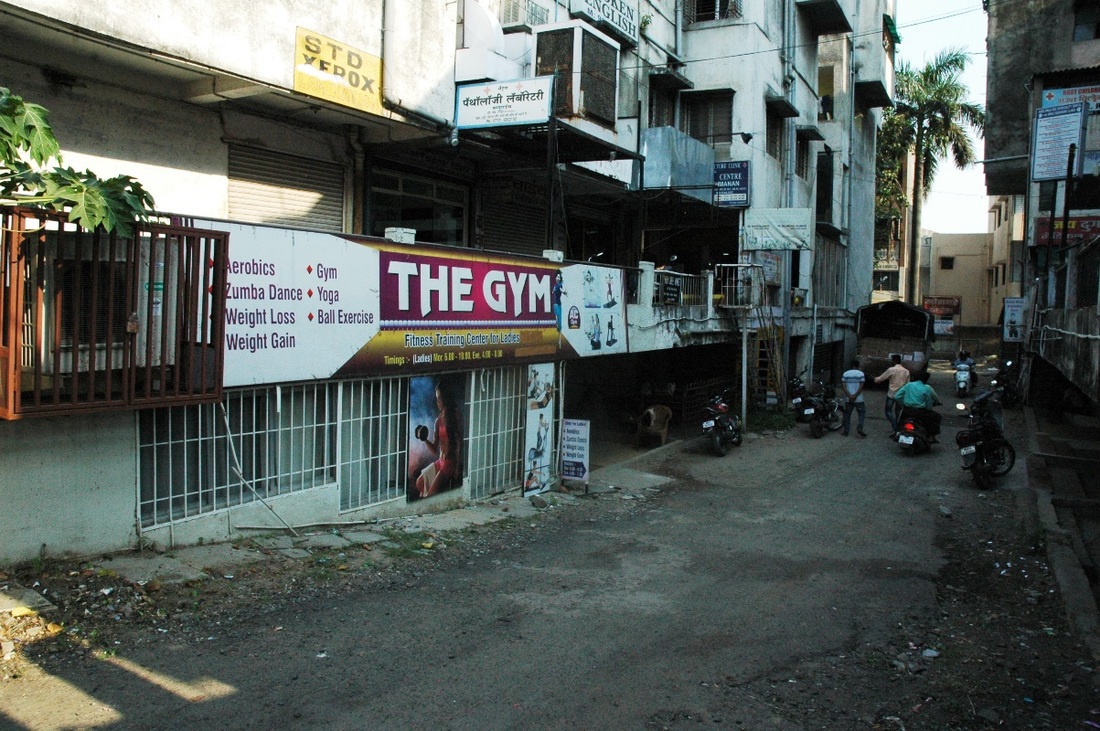
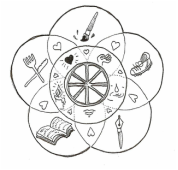
 RSS Feed
RSS Feed
